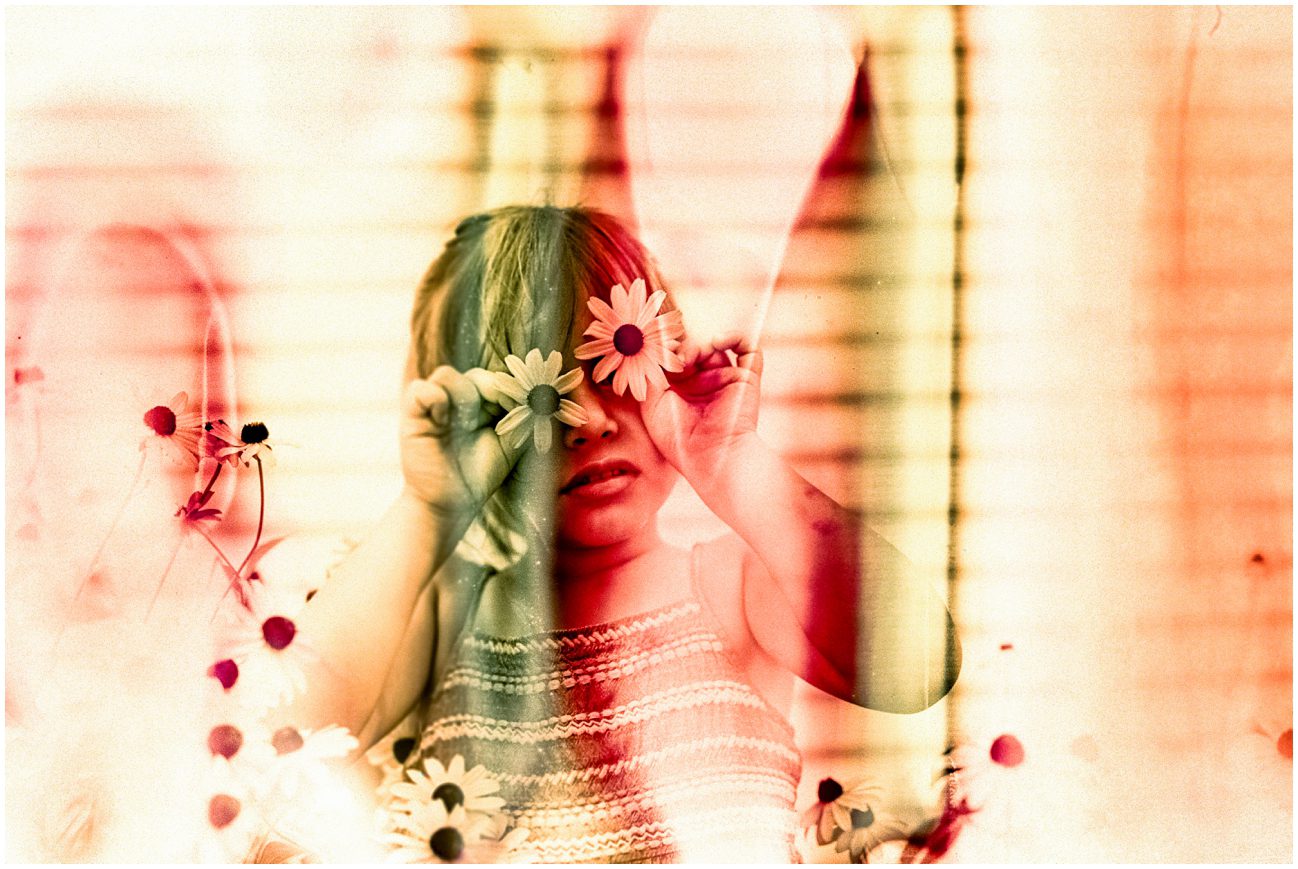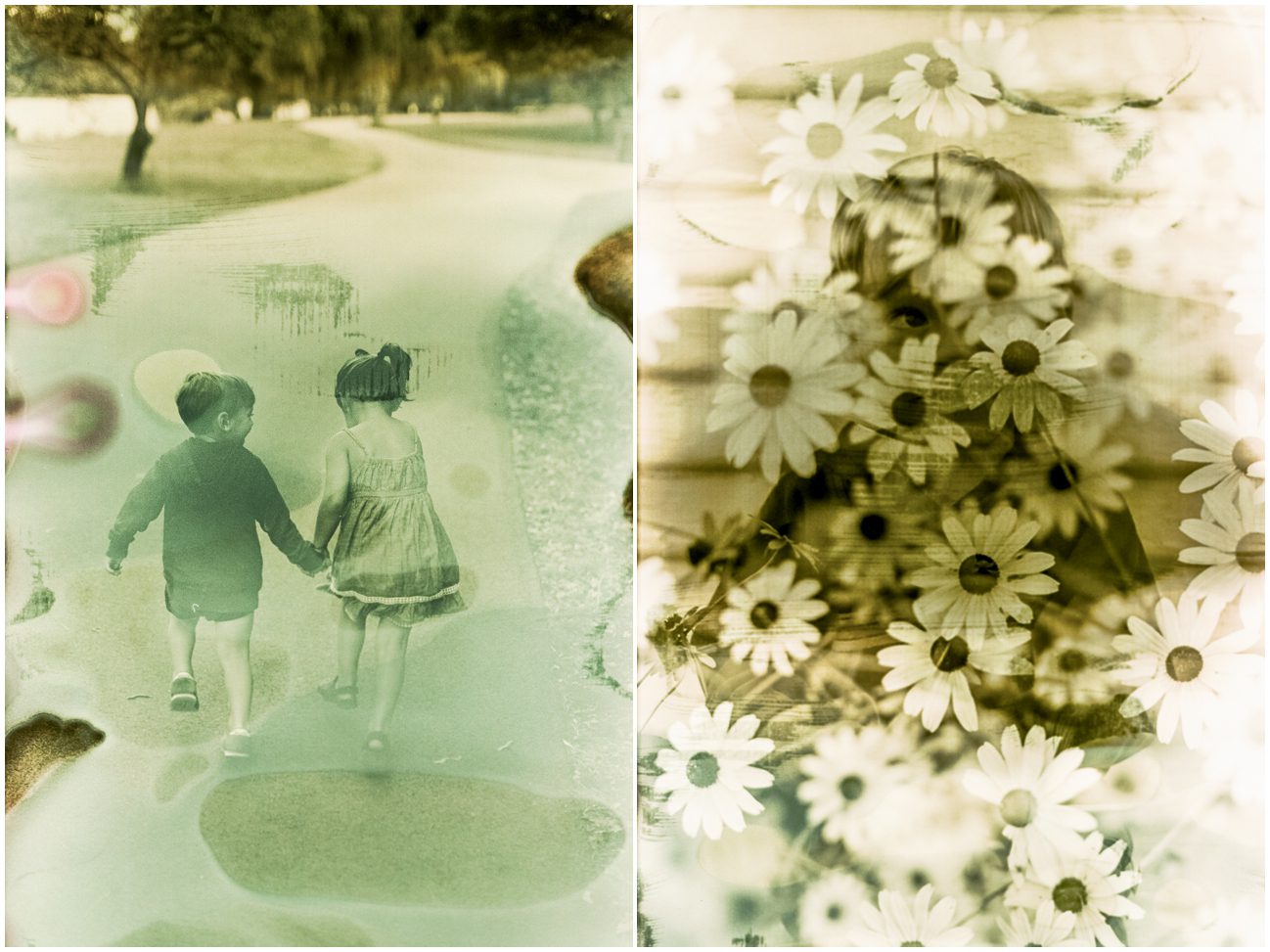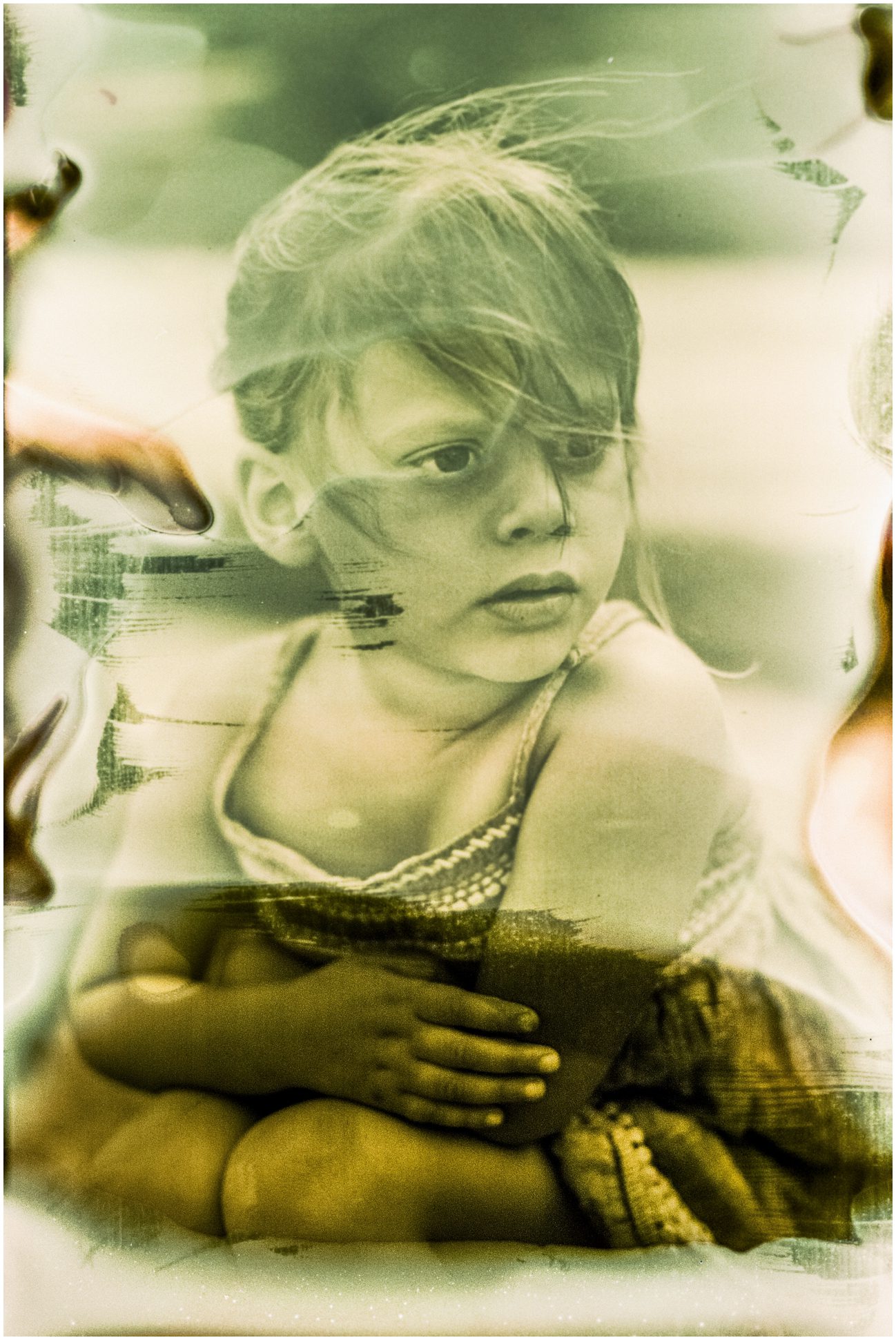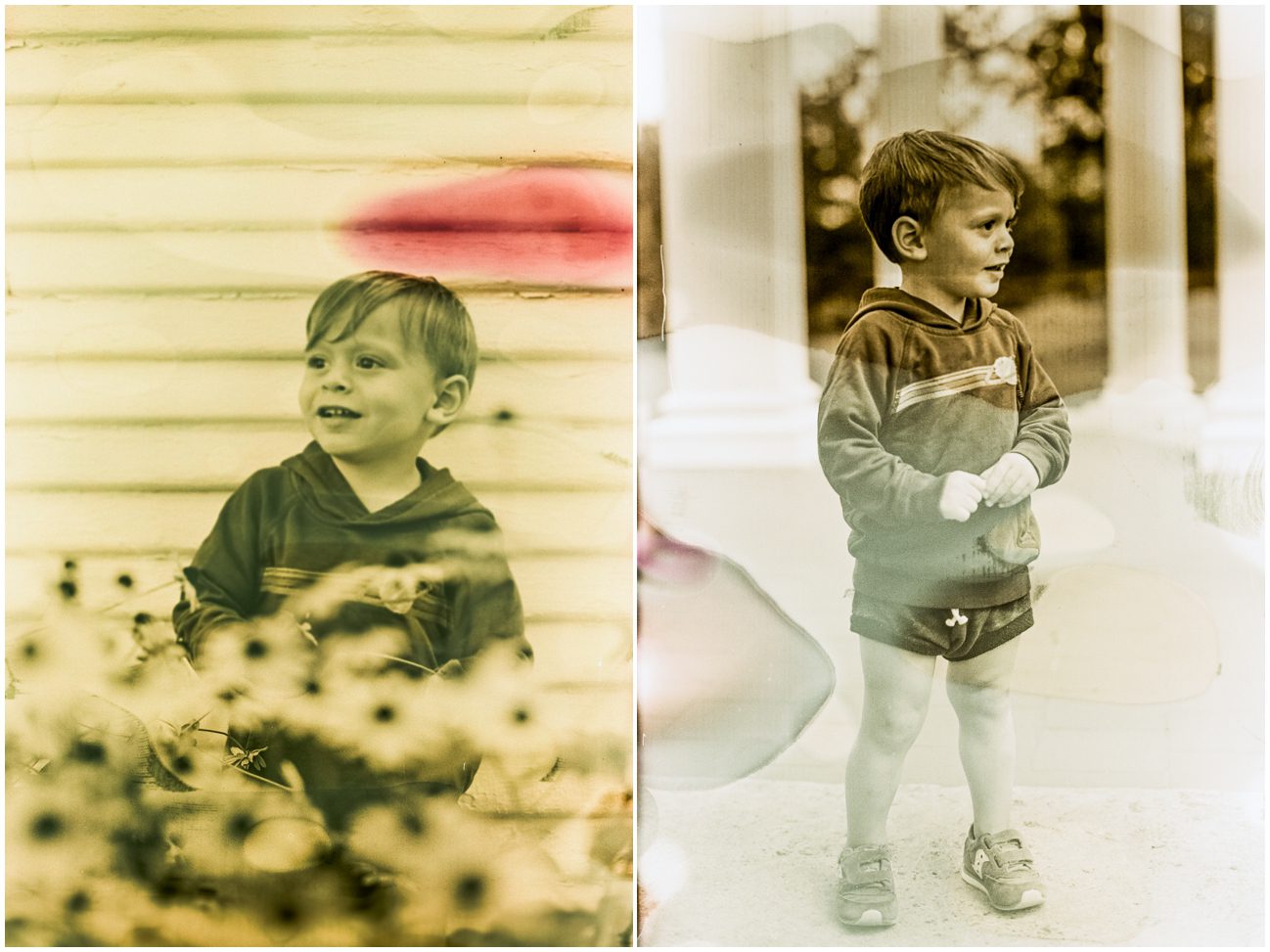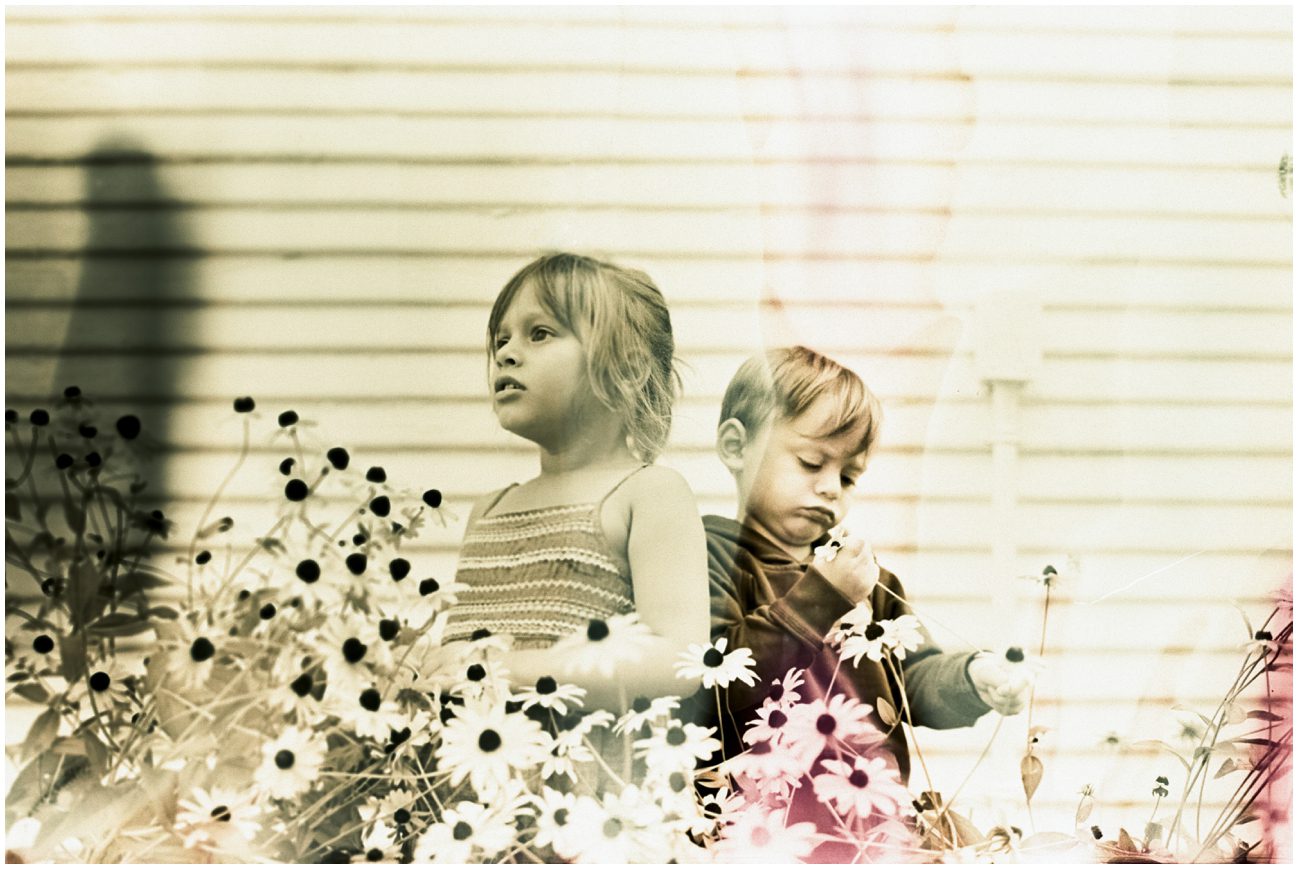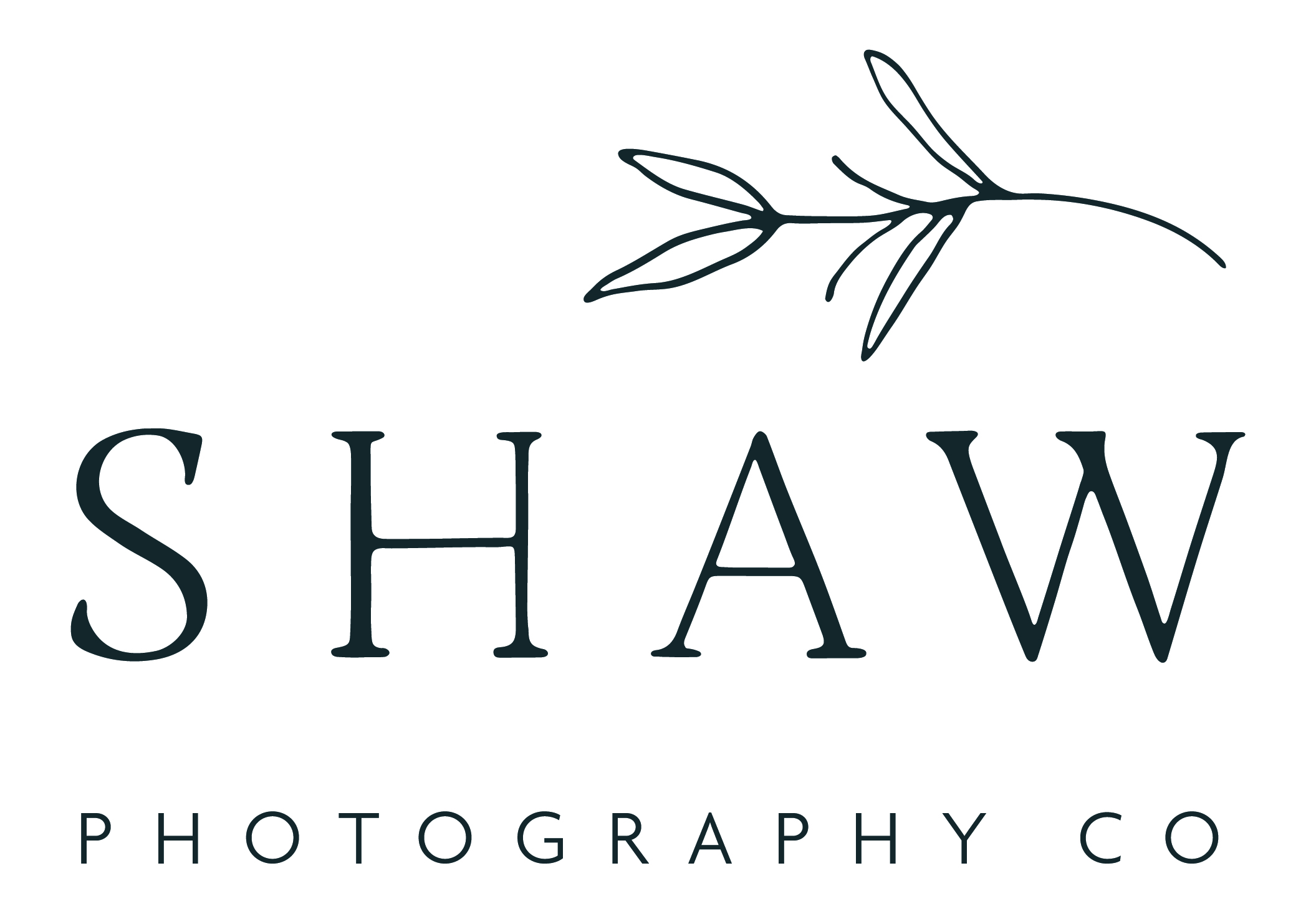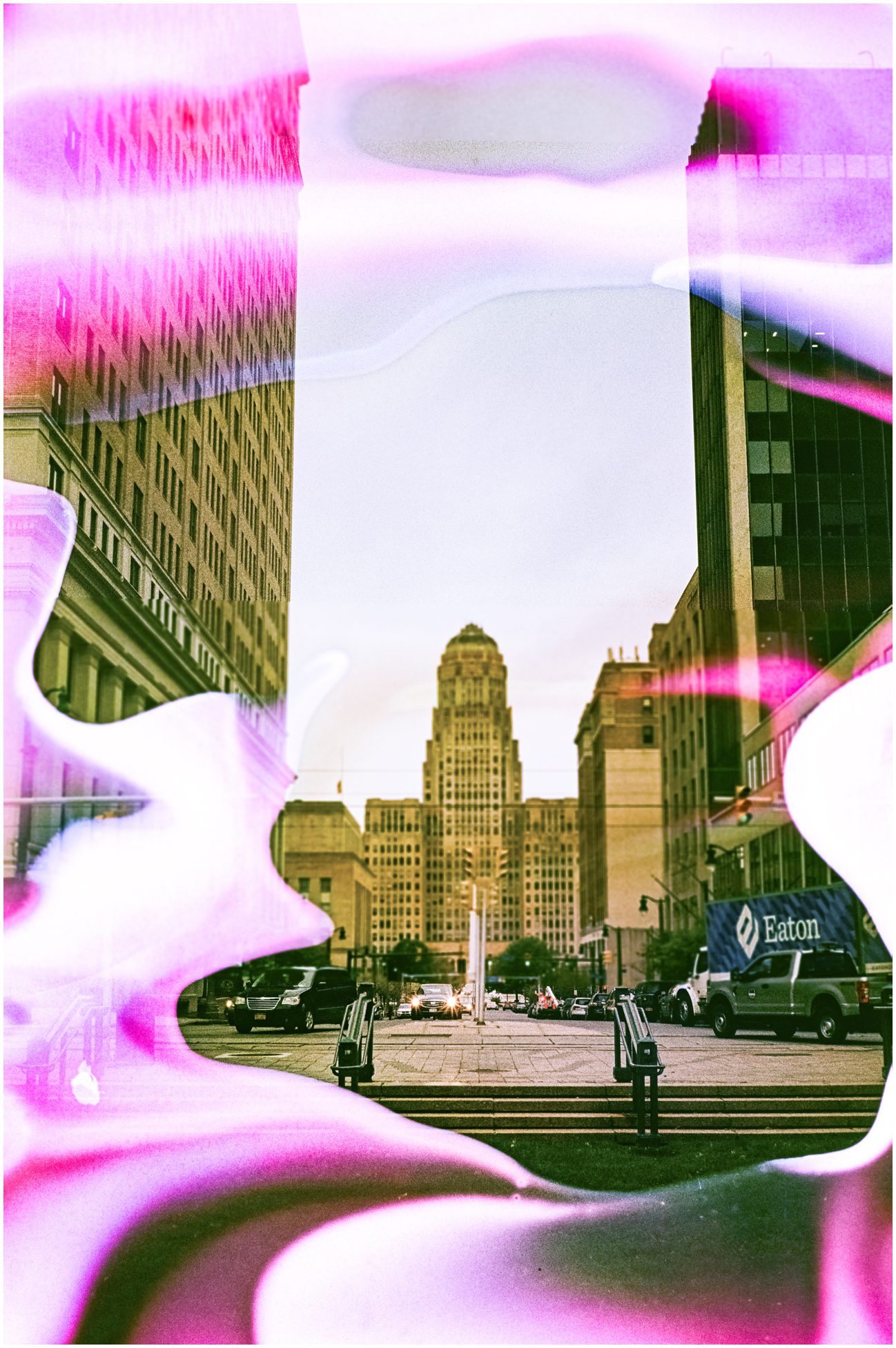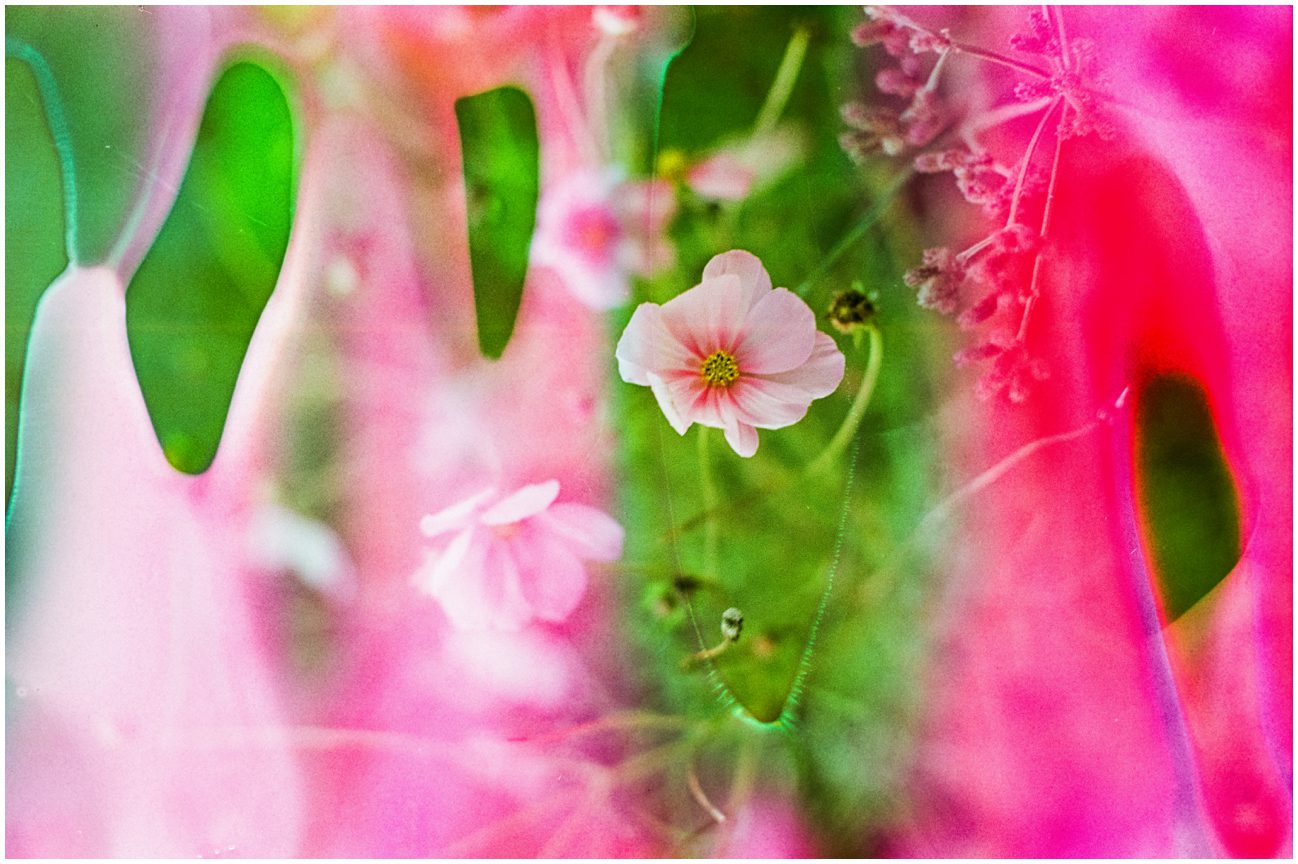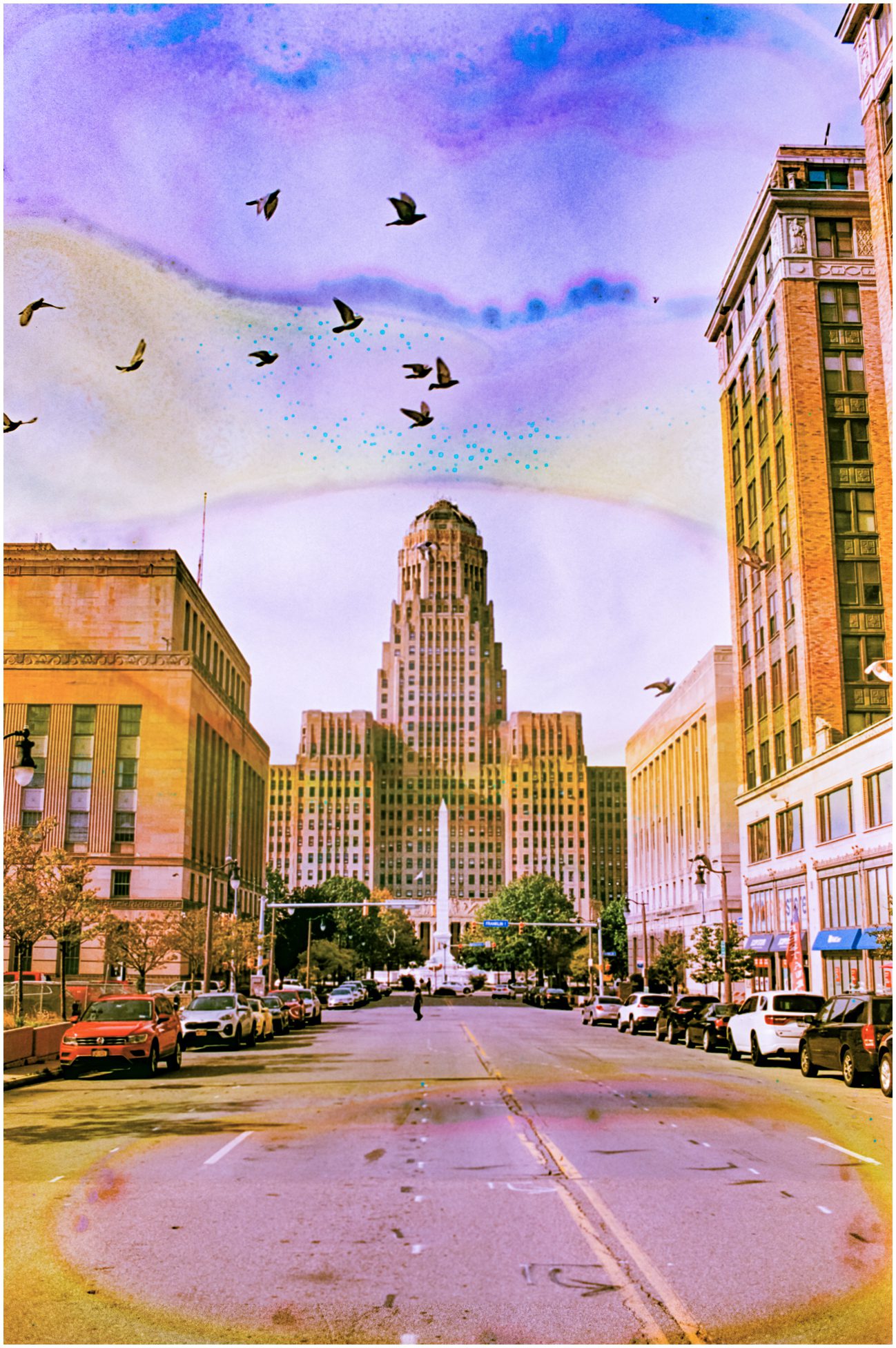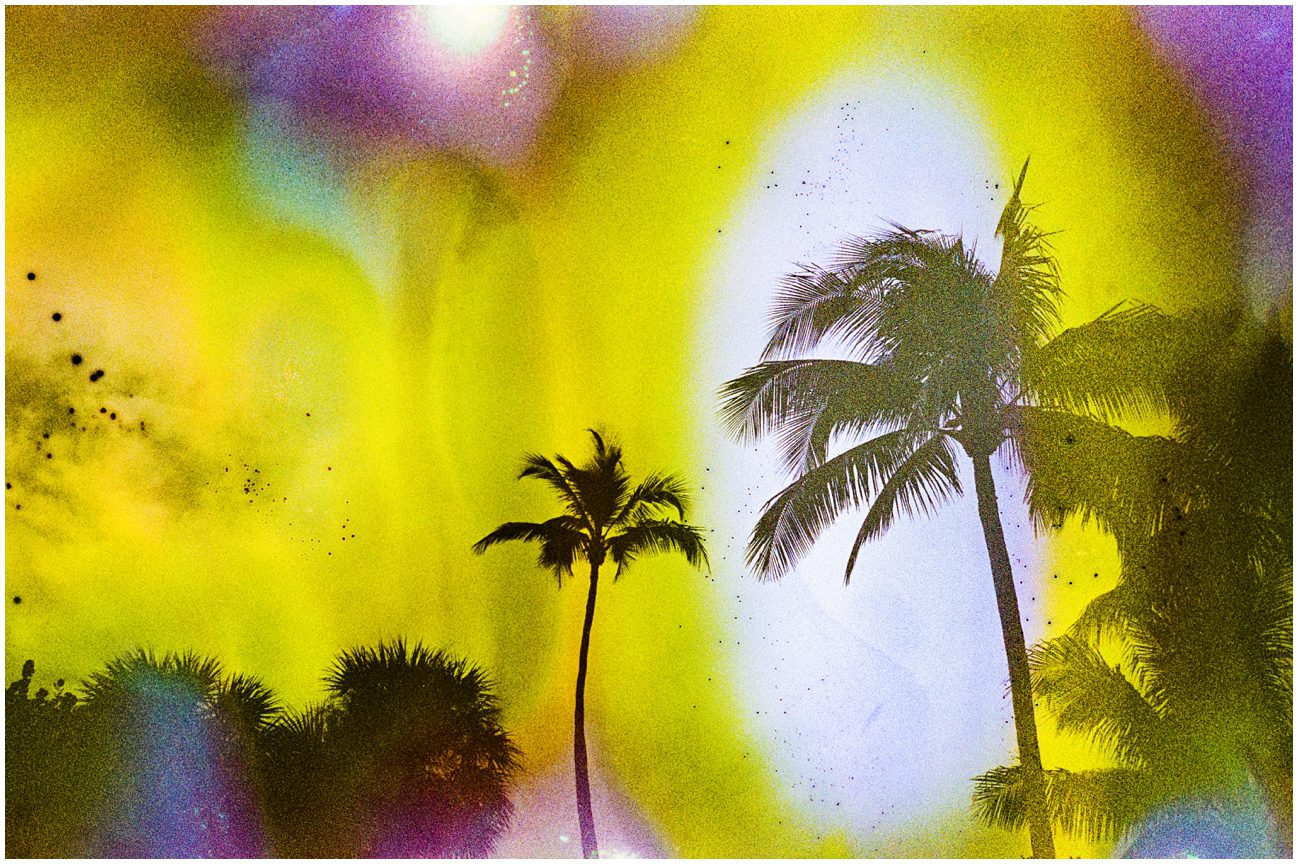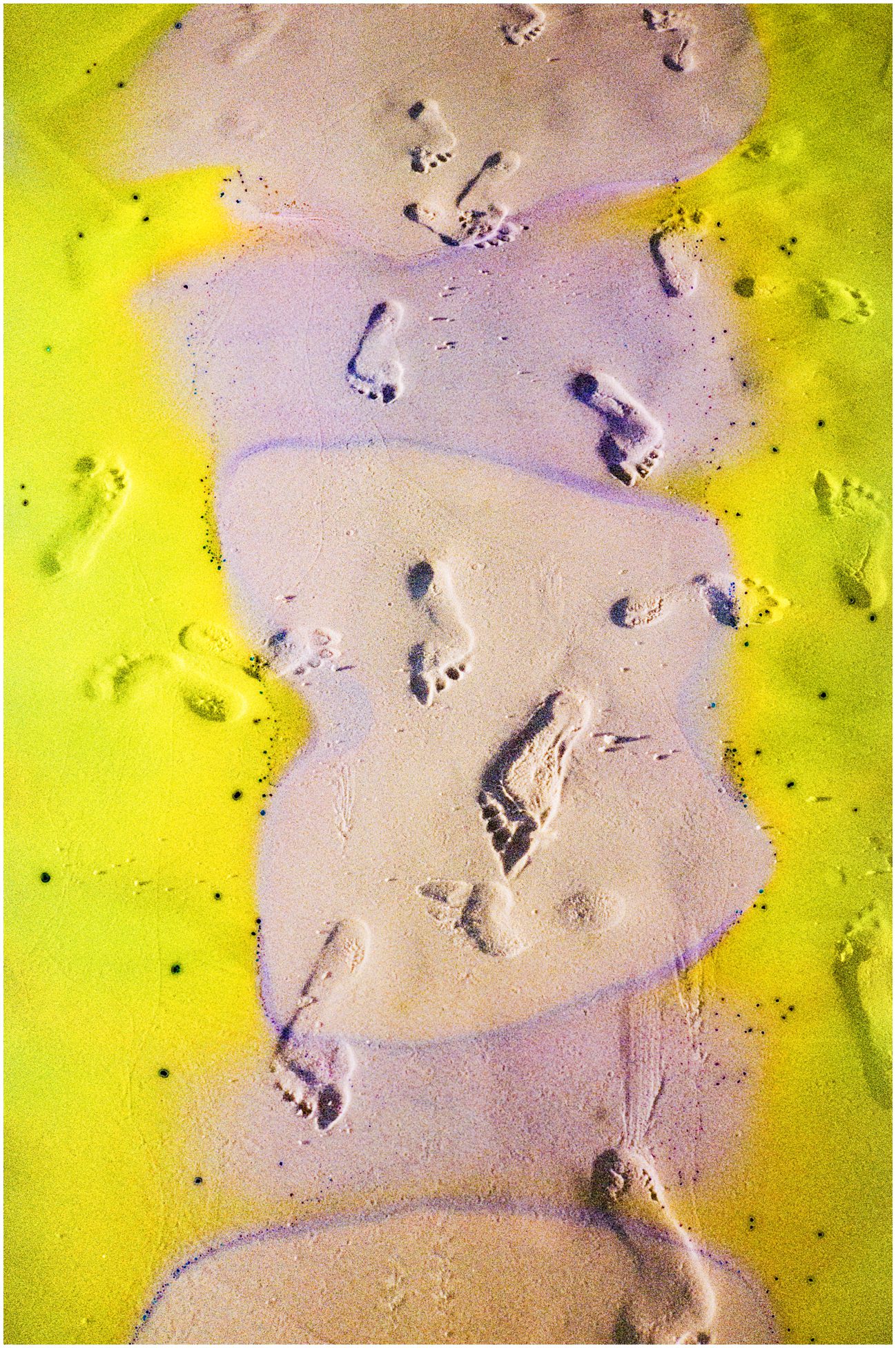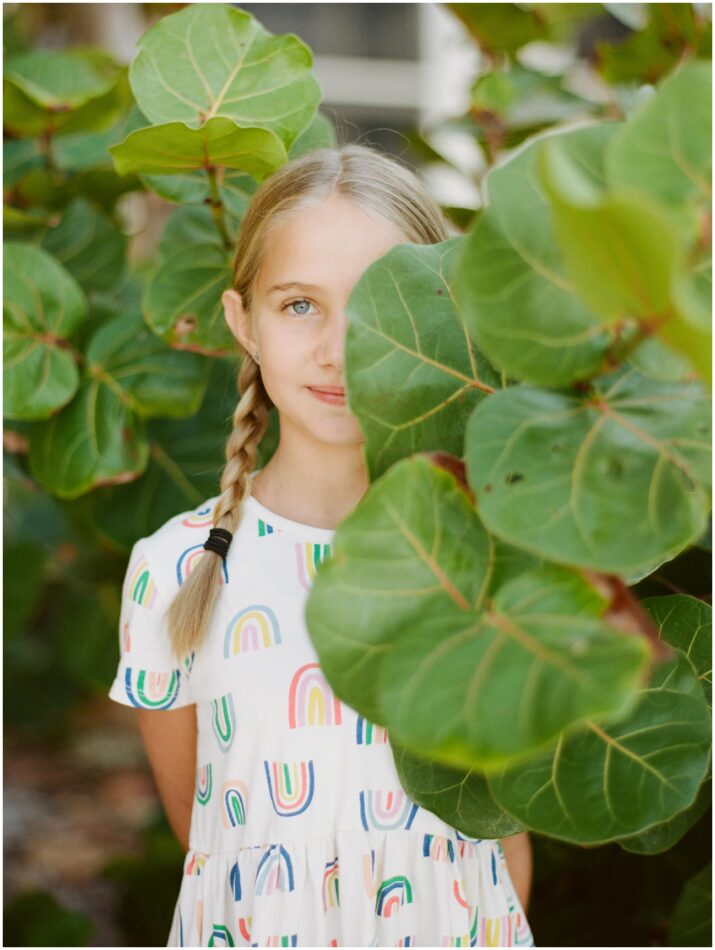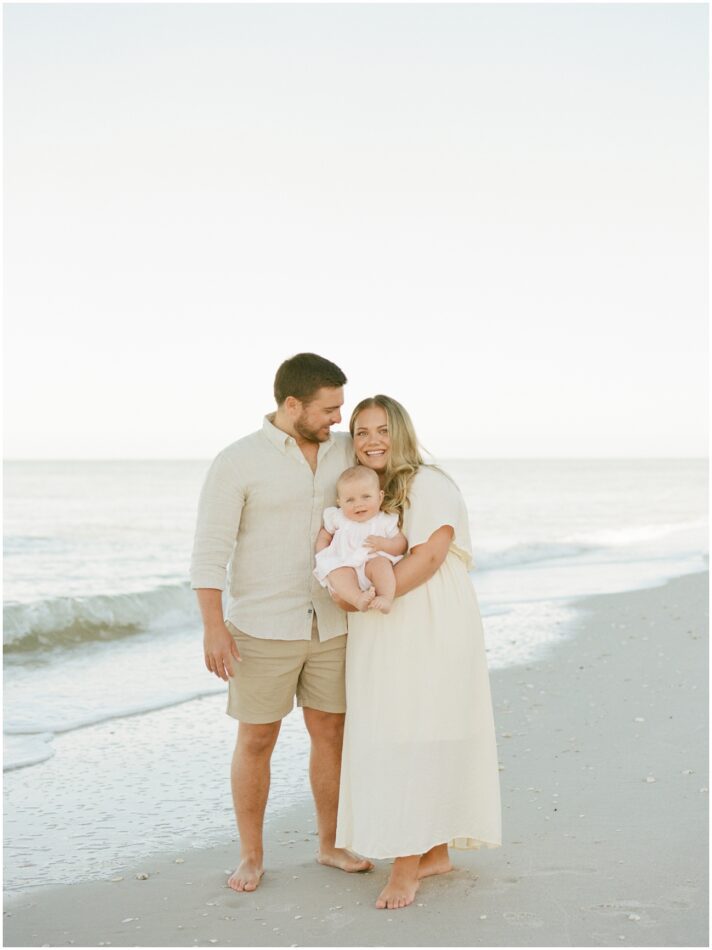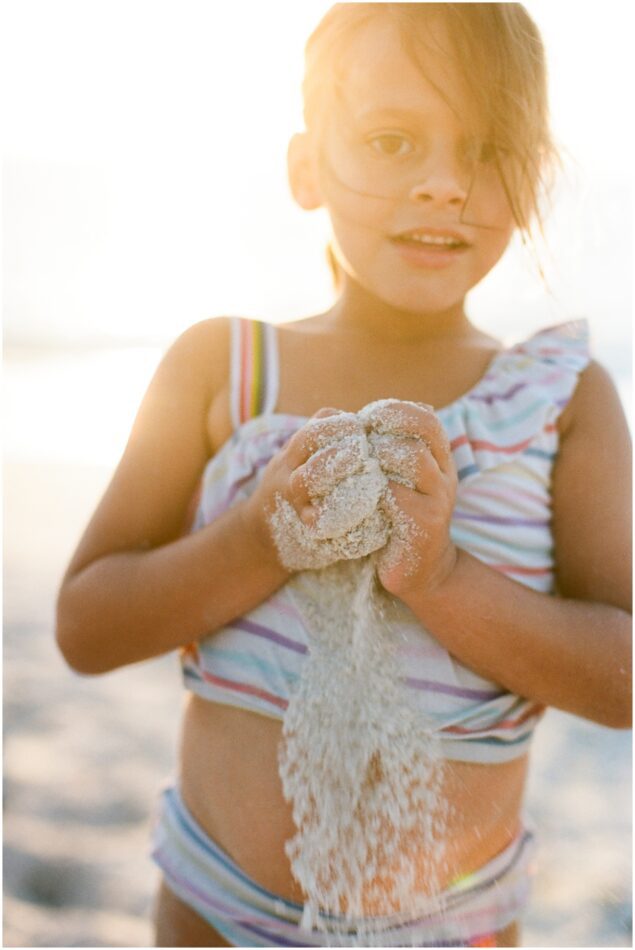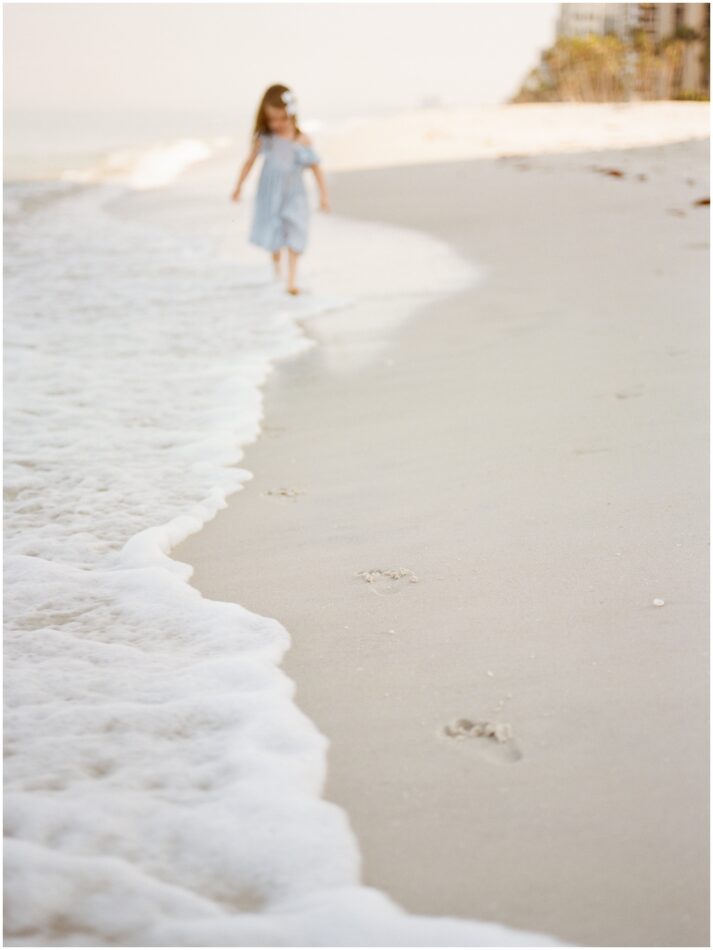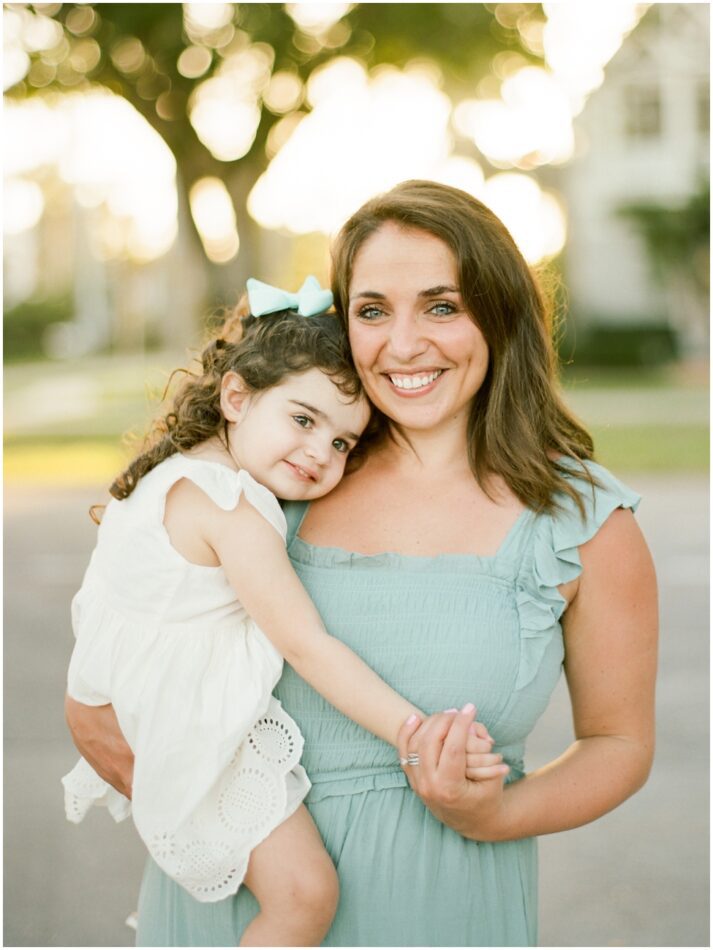How to Soup Film
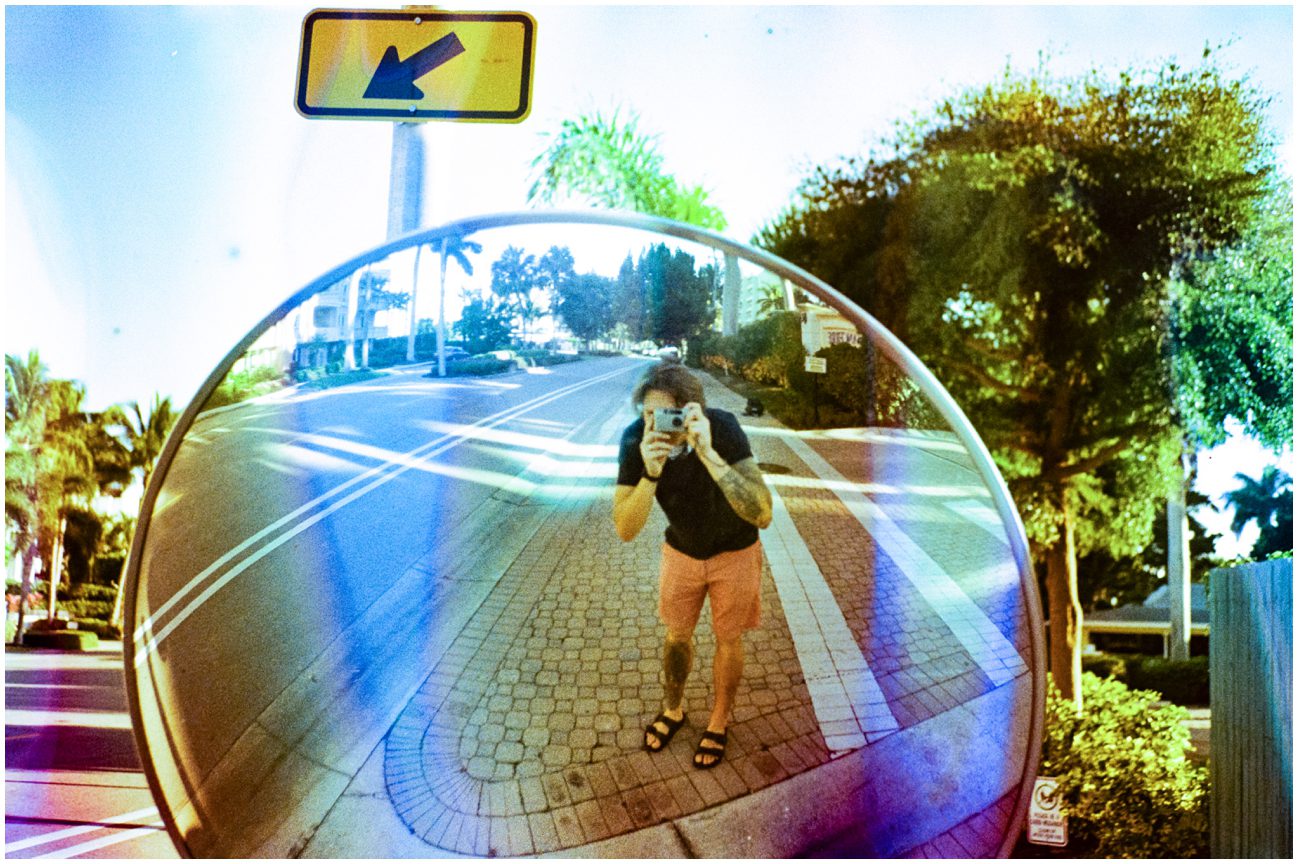
Some ads and links in this page and recommended posts are affiliate links. That means, if you click through and take action, I’ll be compensated.
Click here for my full disclaimer.
What is Film Soup?
Film soup is the experimental technique of soaking a roll of film in boiling water with other household ingredients. The process creates a destructive effect on the film that once developed, translates into unusual color shift, large swirls, dots, or even completely damaged emulsion on your film. So what’s the big deal about film soup? For one, I find it a fun way to experiment. Next, it’s a fun process to get my children involved with. Thirdly, the results are always magical!
How Do you Soup Film?
There are many different ways/recipes to soup film. I have always enjoyed a pretty drastic effect when I soup film so I have always leaned towards a roaring boiling, when it comes to the water and intense ingredients (lemon juice, food dyes, dish soap, etc.) which tend to be very acidic or basic. If you are looking for a less intense reaction when souping you might want to try ingredients like herbs, teas, wild flowers, etc.
So, if you are looking for an effect like you see on the images below, here is my method:
First, I first shoot the roll of film and then soup it. I have heard of other photographers doing it the other way, (soup the film first, then shoot it). However, I would rather not run a soupy roll through any of my cameras as I would imagine that wouldn’t be the best for my equipment. So first step, before making the soup, is to get some film and go out and photograph some fun images!
Some links in this post are affiliate links. If you click through and take action, we’ll be compensated. Click here for our full disclaimer.
WHAT FILM IS BEST FOR FILM SOUP?
I recommend starting with some cheaper films first that are 35mm film. I have only souped 35mm film, as most labs will not develop 120 rolls of souped film) After all, you are experimenting and you don’t want to experiment your first time with expensive film. Here are a few different films you can start with.
Simple Film Soup Directions:
- Get a small pot of water and bring it to a boil. Here is a cheap pot I use.
- Next, add in whatever “film soup ingredients ” you want to experiment with into the pot of water. Here are some of my favorite ingredients
- Next, add your already exposed film to the soup
- After you add your exposed film, keep boiling the film in the soup for 30-60 seconds
- After 60 seconds, remove the pot off the stove and carefully transfer the full mixture (including the roll/rolls of film), into a glass storage container that has a lid (but don’t put lid on yet) Here are the glass storage containers I use.
- Put the bowl somewhere safe from small children while the “film soup” cools down
- Once the soup has cooled to room temperature, place a lid on the bowl.
- Let your film “soup” in the water for about 24-48 hours
- After 24-48 hours of the film sitting in your soup mixture, take the film out of the bowl and run it under water for about a 5 minutes.
- Next , place it on a window edge for 2-4 weeks to let it dry completely. Different dry times will give you different results so remember, this is an experiment!
- Once the film has completely dried, send it off to a film lab that can process film that has been souped (Be sure to first ask a lab if they develop souped film as most professional film labs do NOT)
What Film Labs Process Film Soup?
Here are the two film labs I have used for souped film and they do a phenomenal job:
FILM SOUP RECIPES AND EXAMPLES OF OUTCOMES
Here are some examples of souped images I have created, along with the recipes I used to achieve the results. (But let’s be clear, the results are never “achieved,” the soup works its magic! As you can imagine, there are so many film soup recipes, and each recipe can react differently depending on what film stock you are using. So, I figured the easiest way to show you some results is by providing you with the film stock and the soup recipes, and the results.
Film Soup Recipe and Results with Kodak Porta400: Recipe: Lemon Juice, Salt, Fruit Punch Kool-Aid Powder Packet
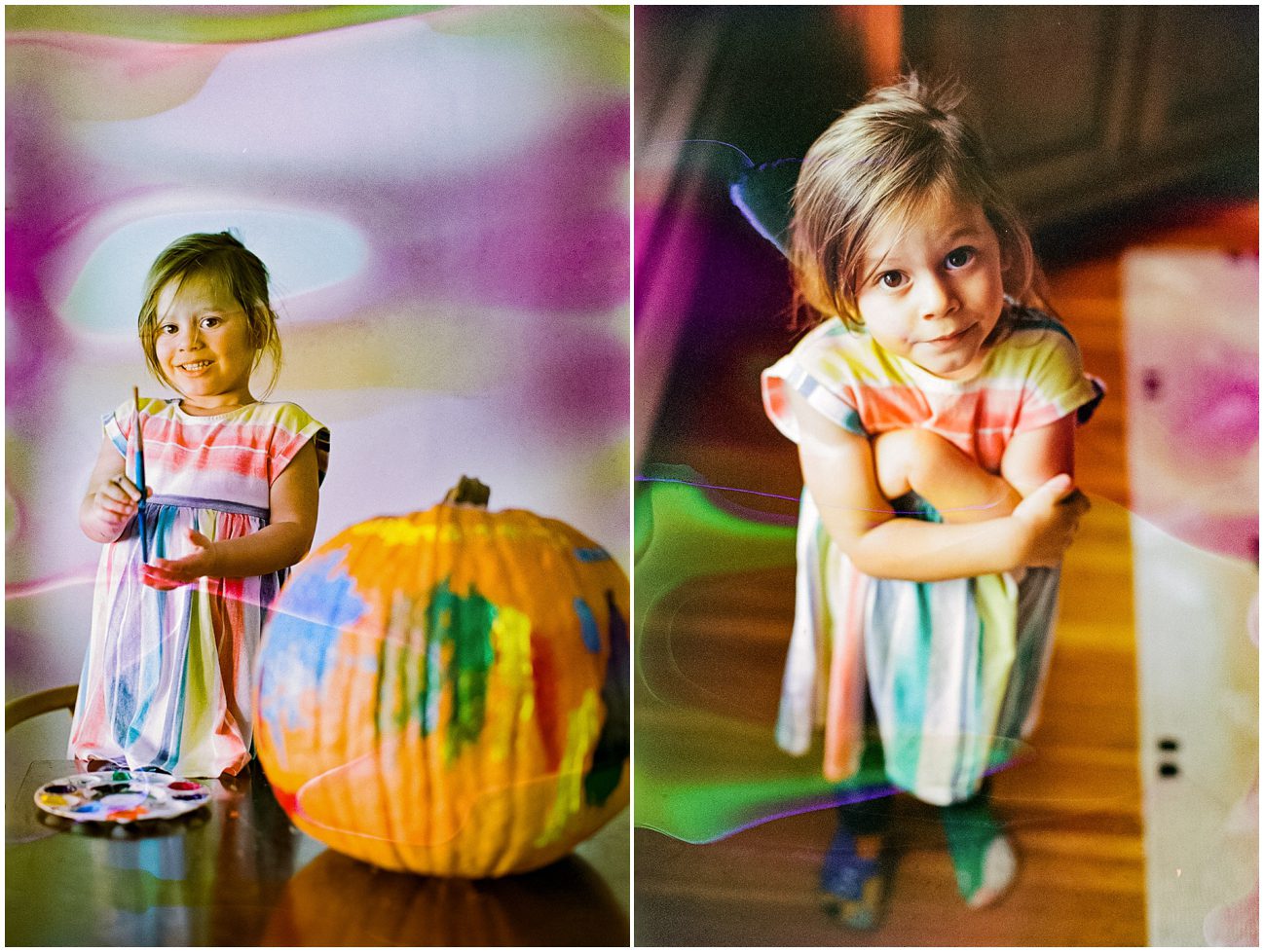
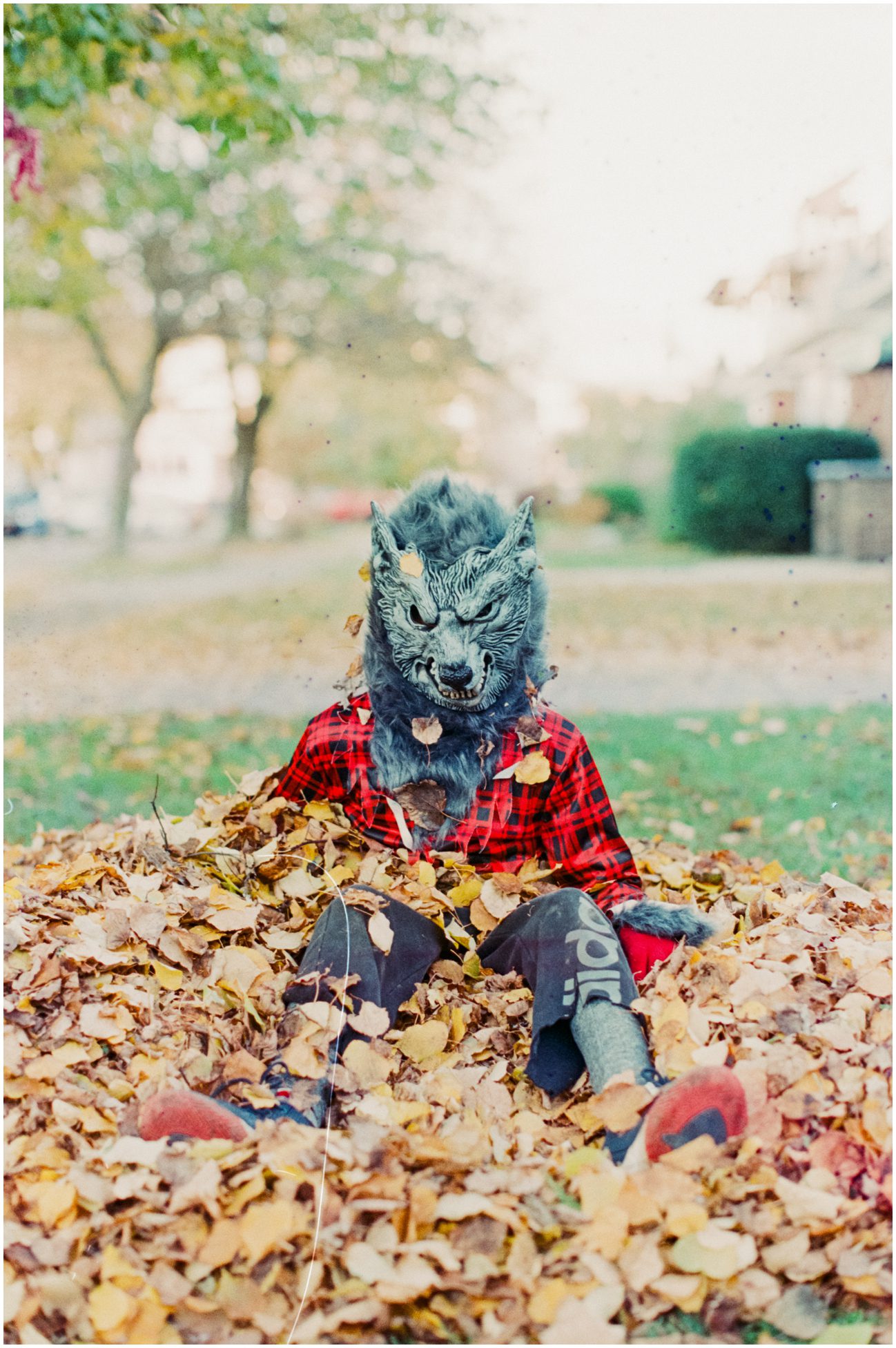
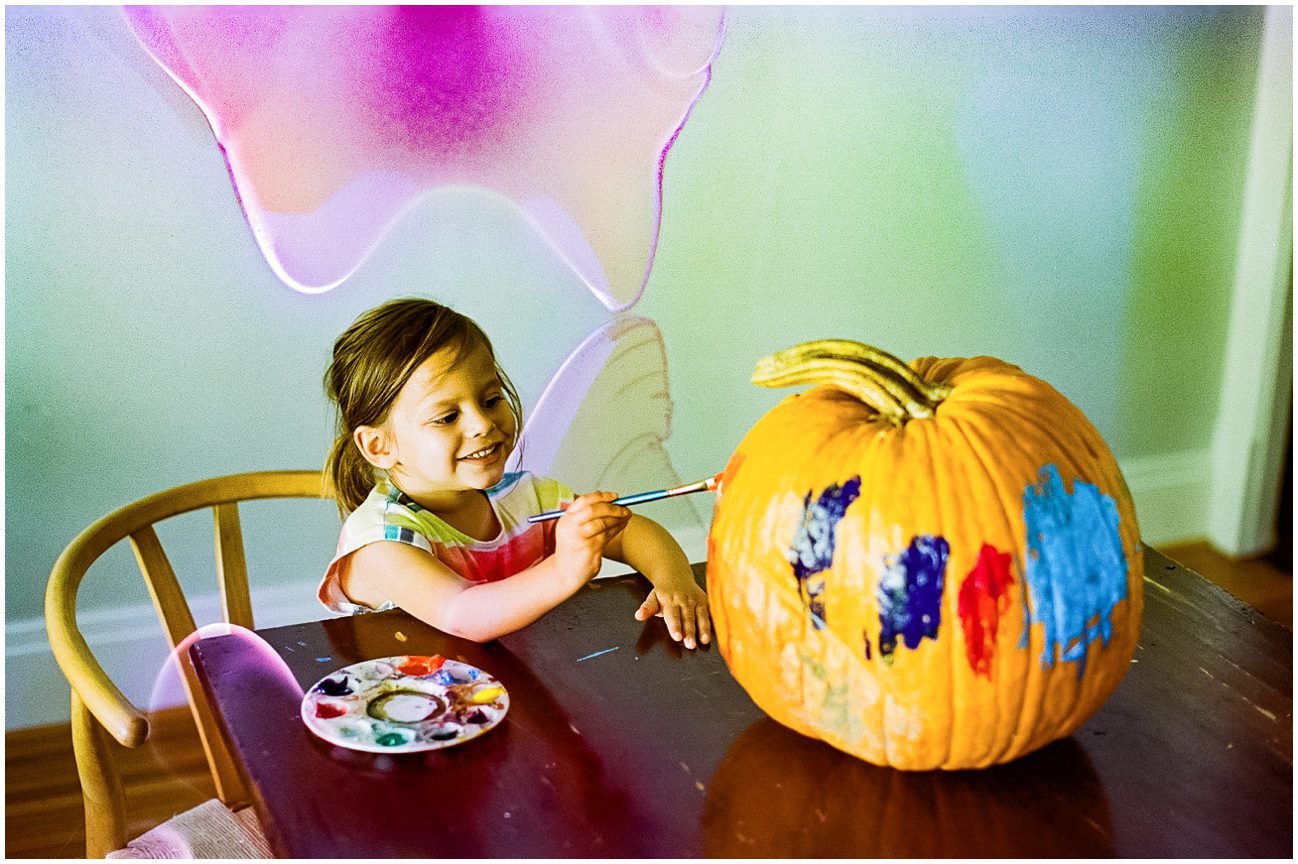
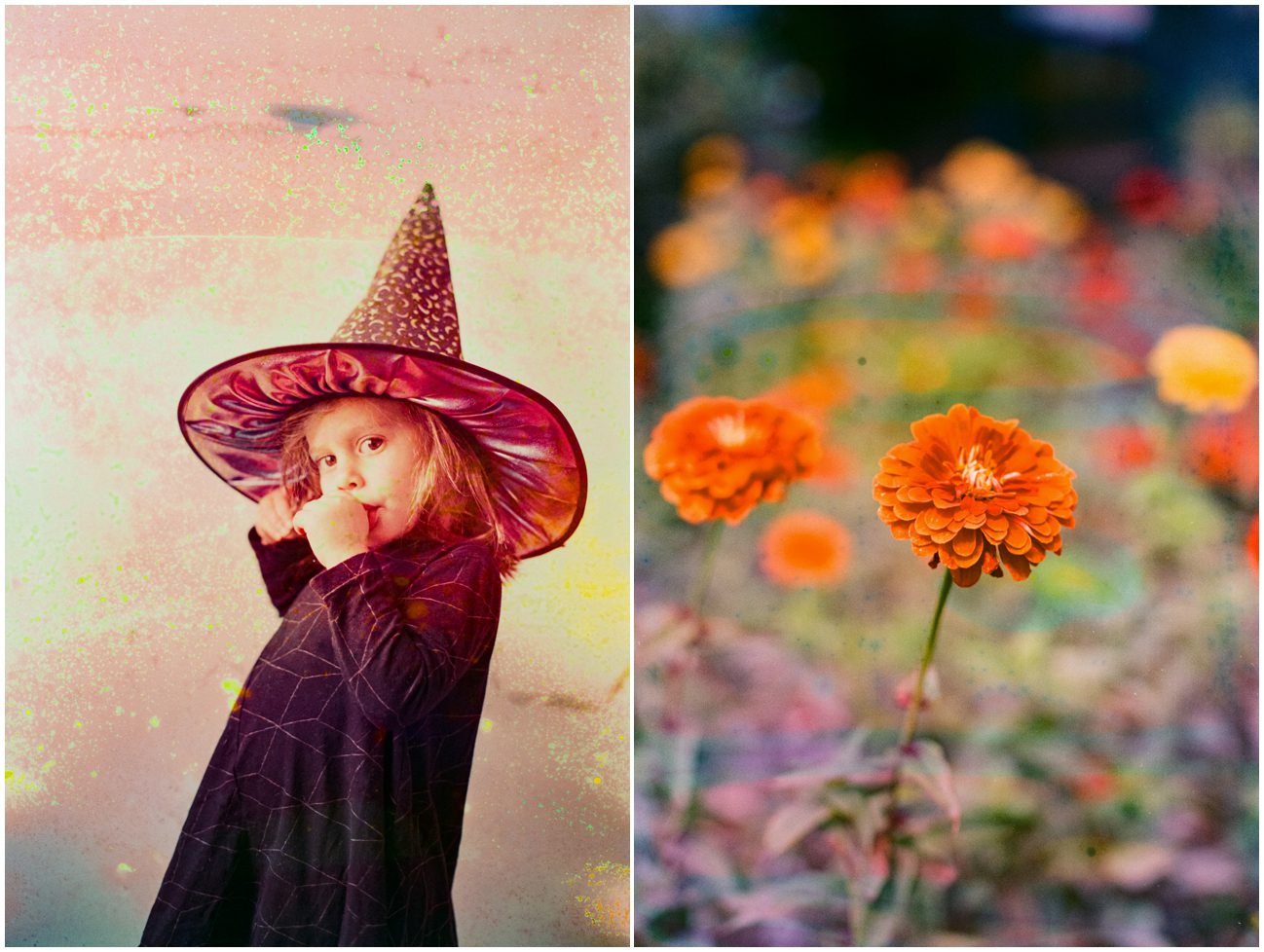
Fuji200: Film Soup Recipe: Red Food Coloring, Blue Food Coloring,Dawn Dish Soap
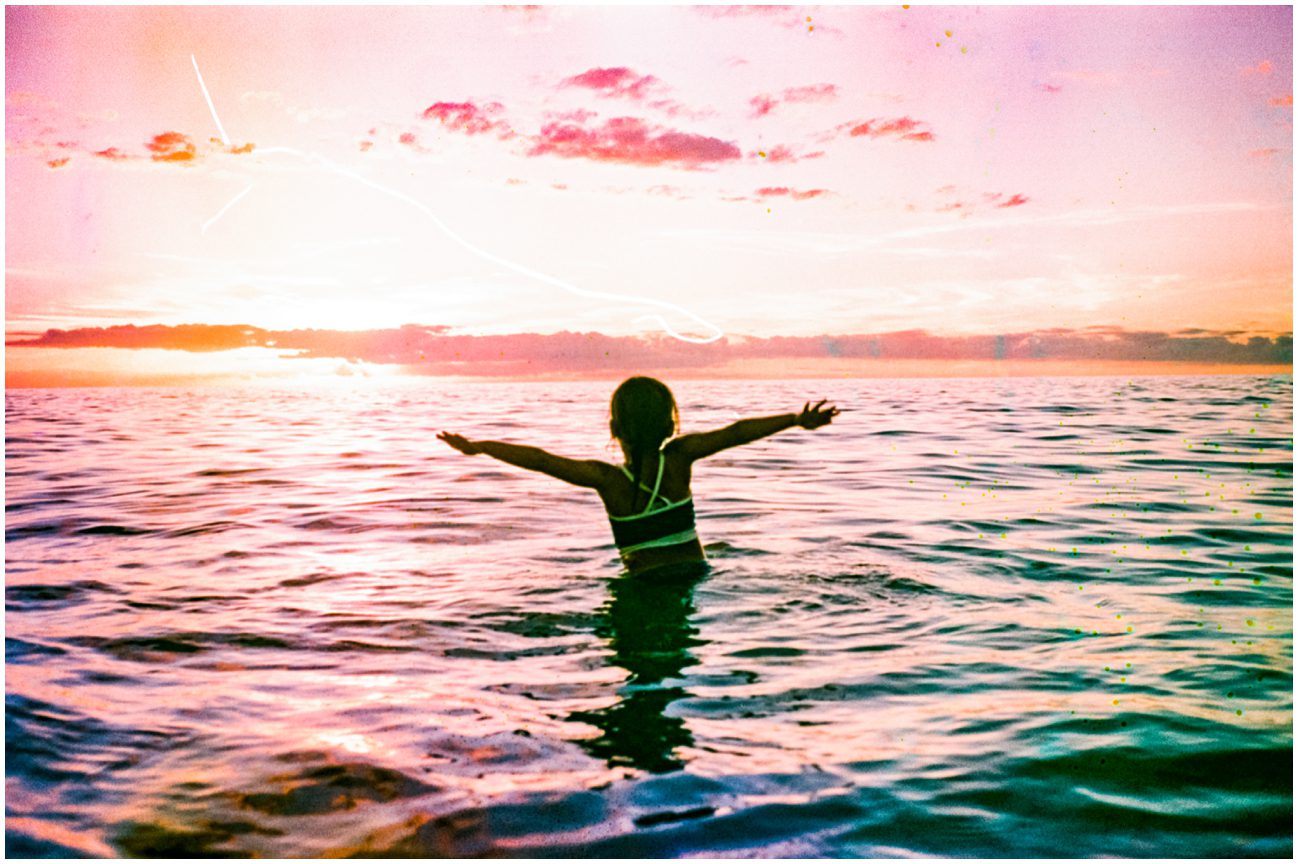
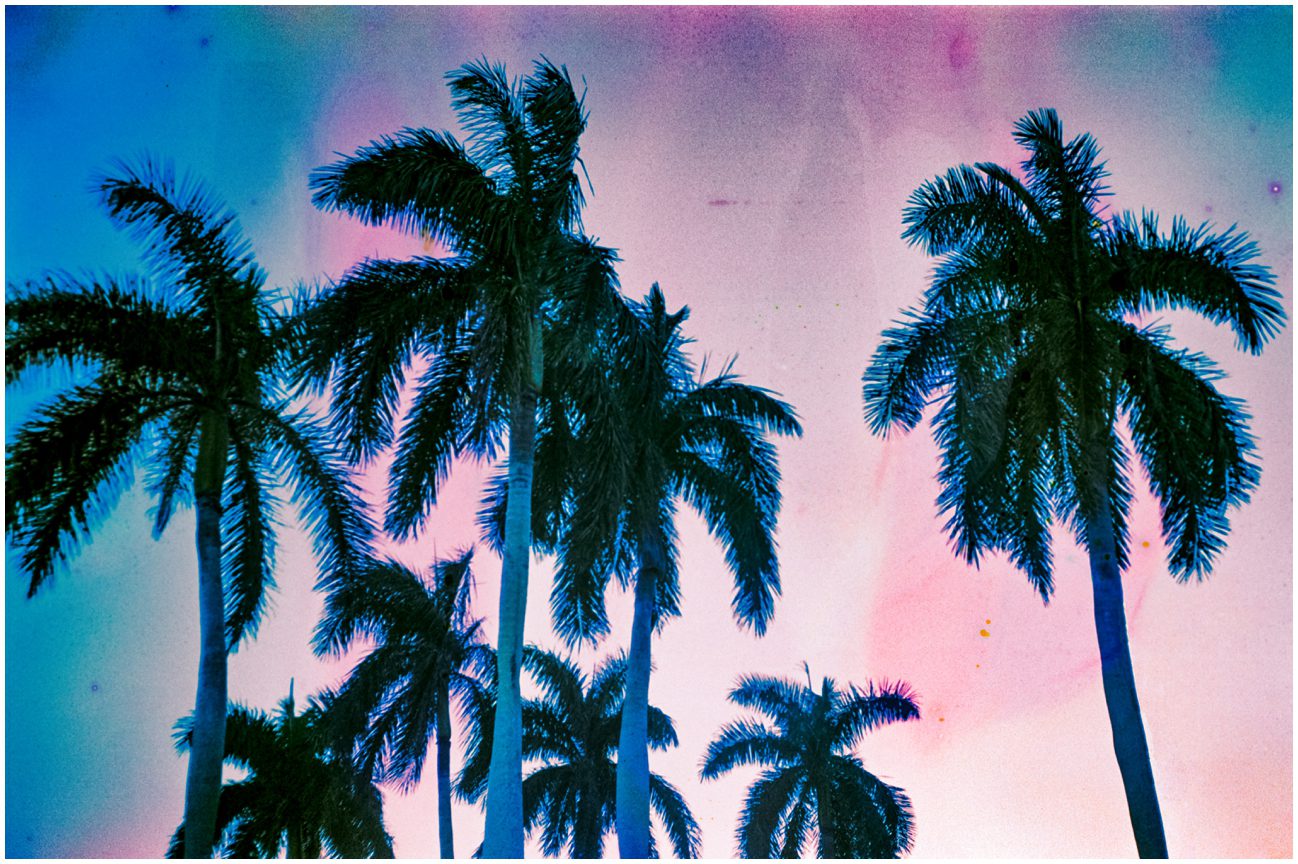
Kodak 200 Recipe: Grape kool-Aid, lemon juice, Blue Food Dye, Red Food Dye
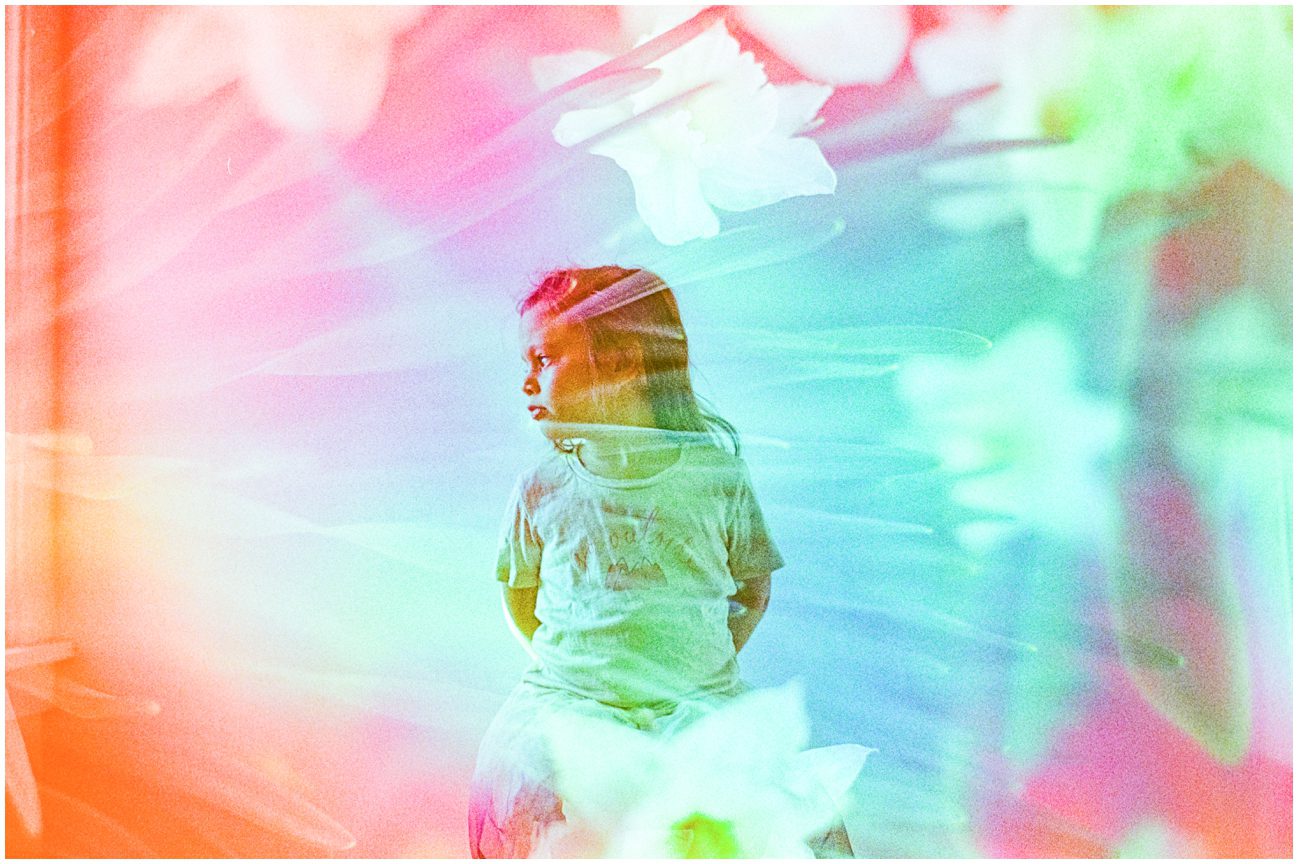
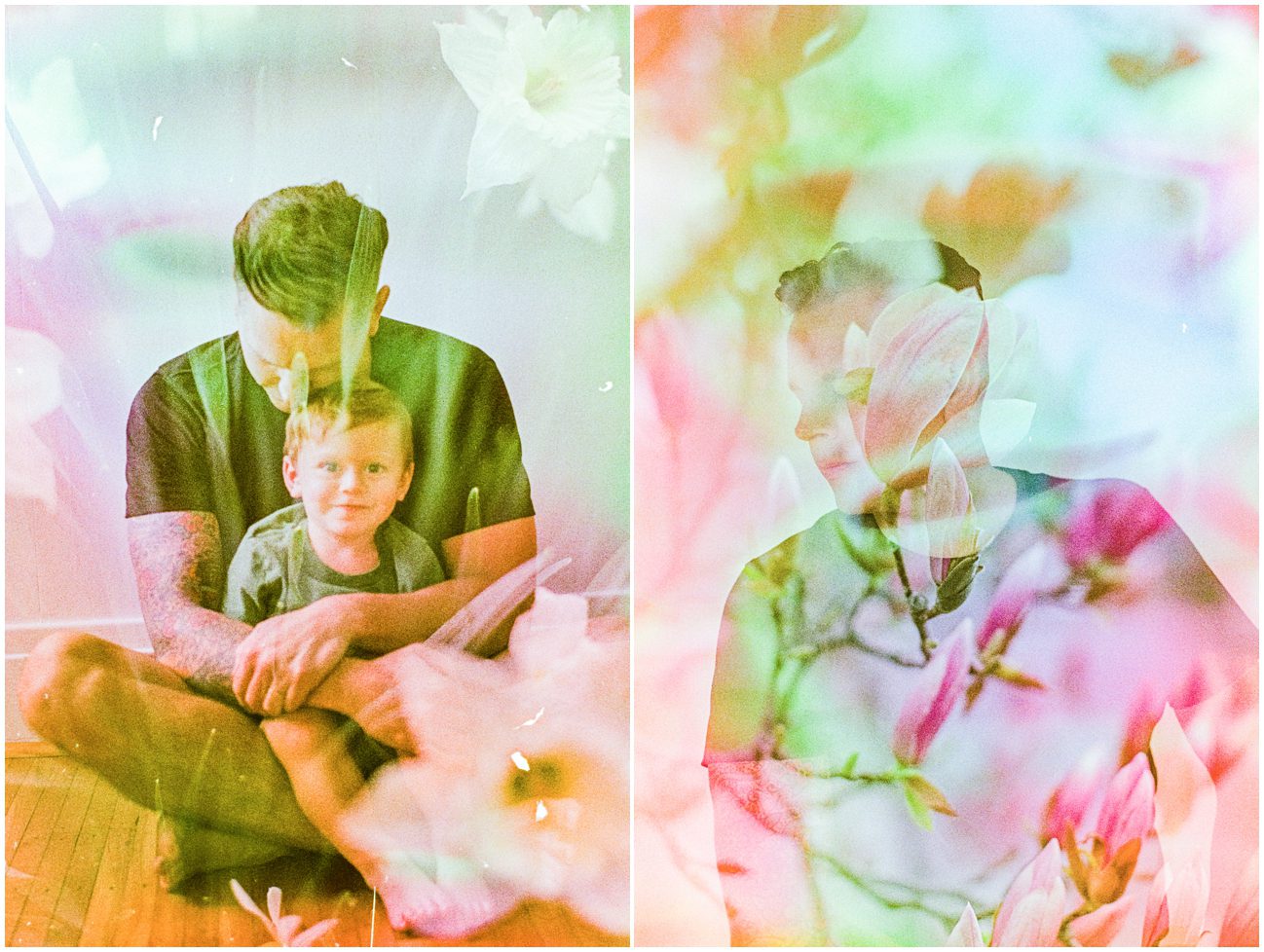
Fuji 400: Film Soup Recipe: Red and Blue Food Dye
Kodak 200: Film Soup Recipe: Red Food Coloring, Blue Food Coloring, Dawn Dish Soap, Hand Soap
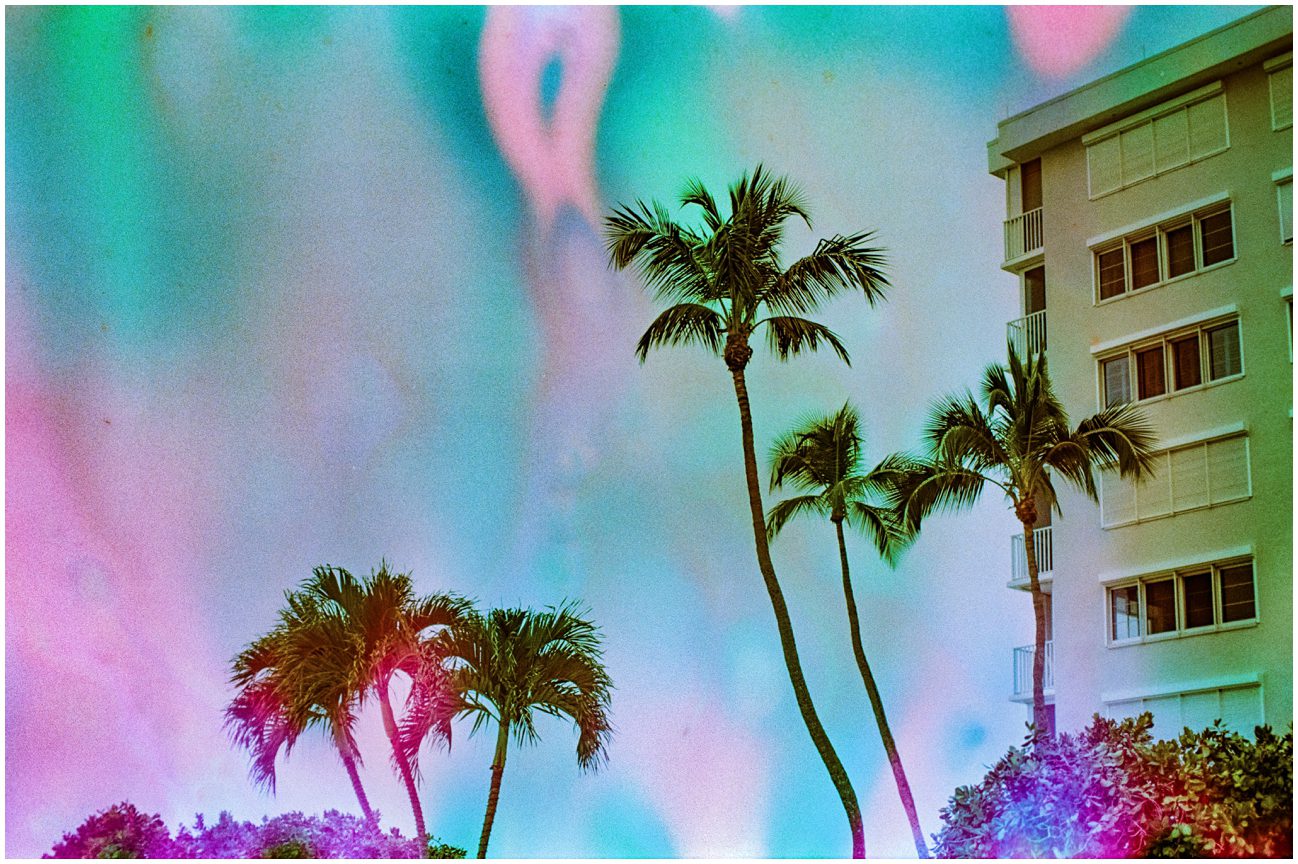
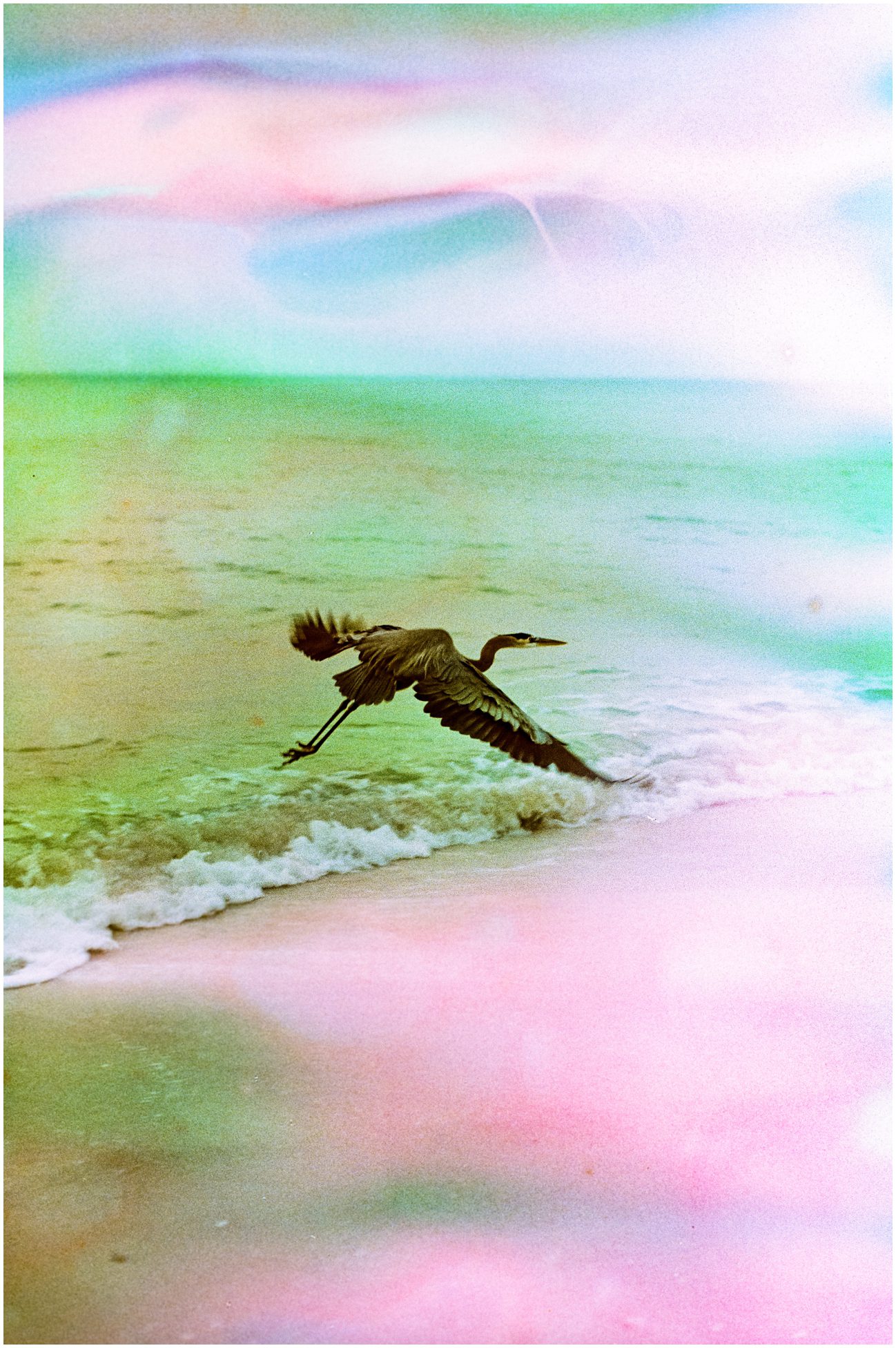
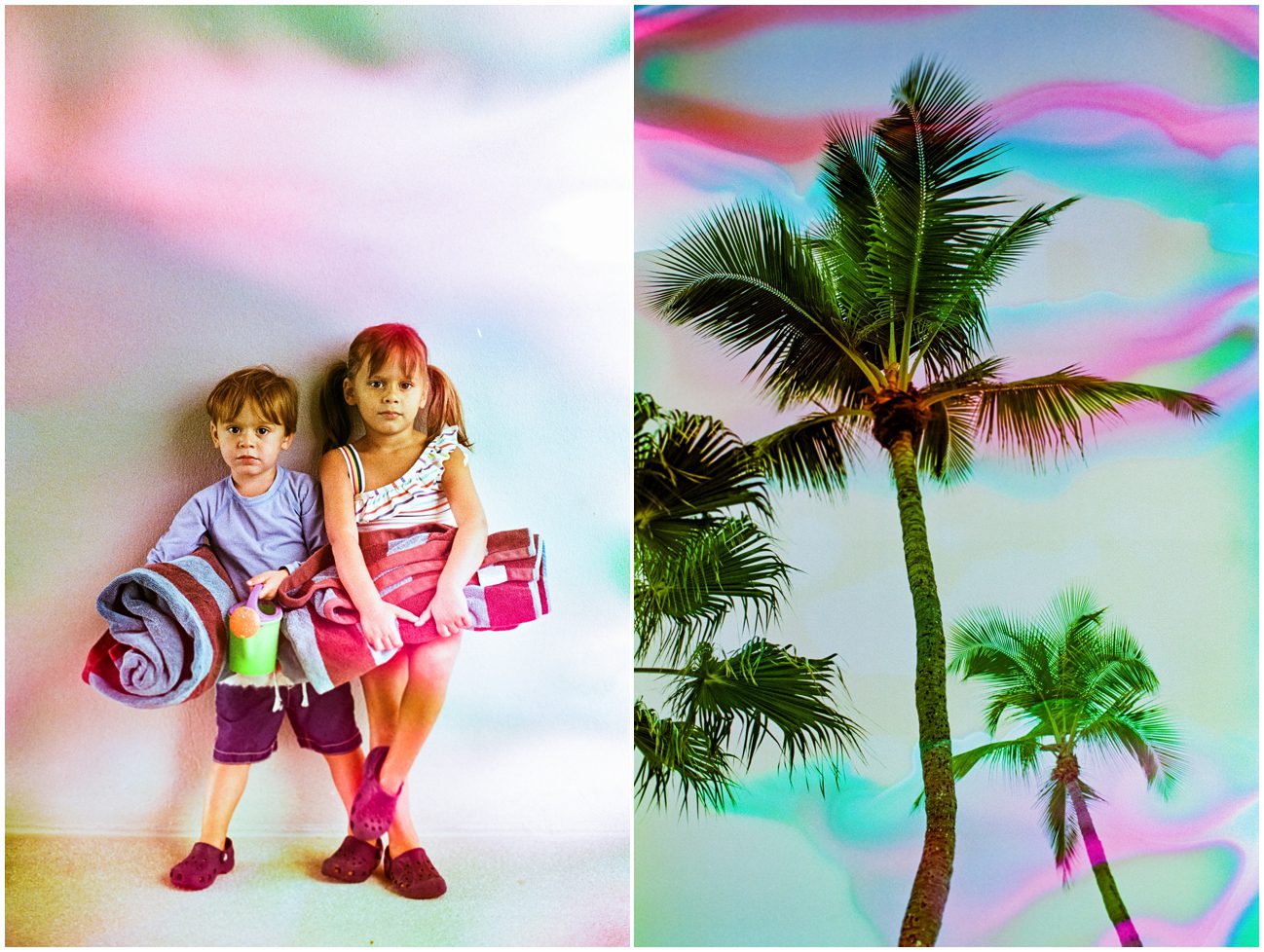
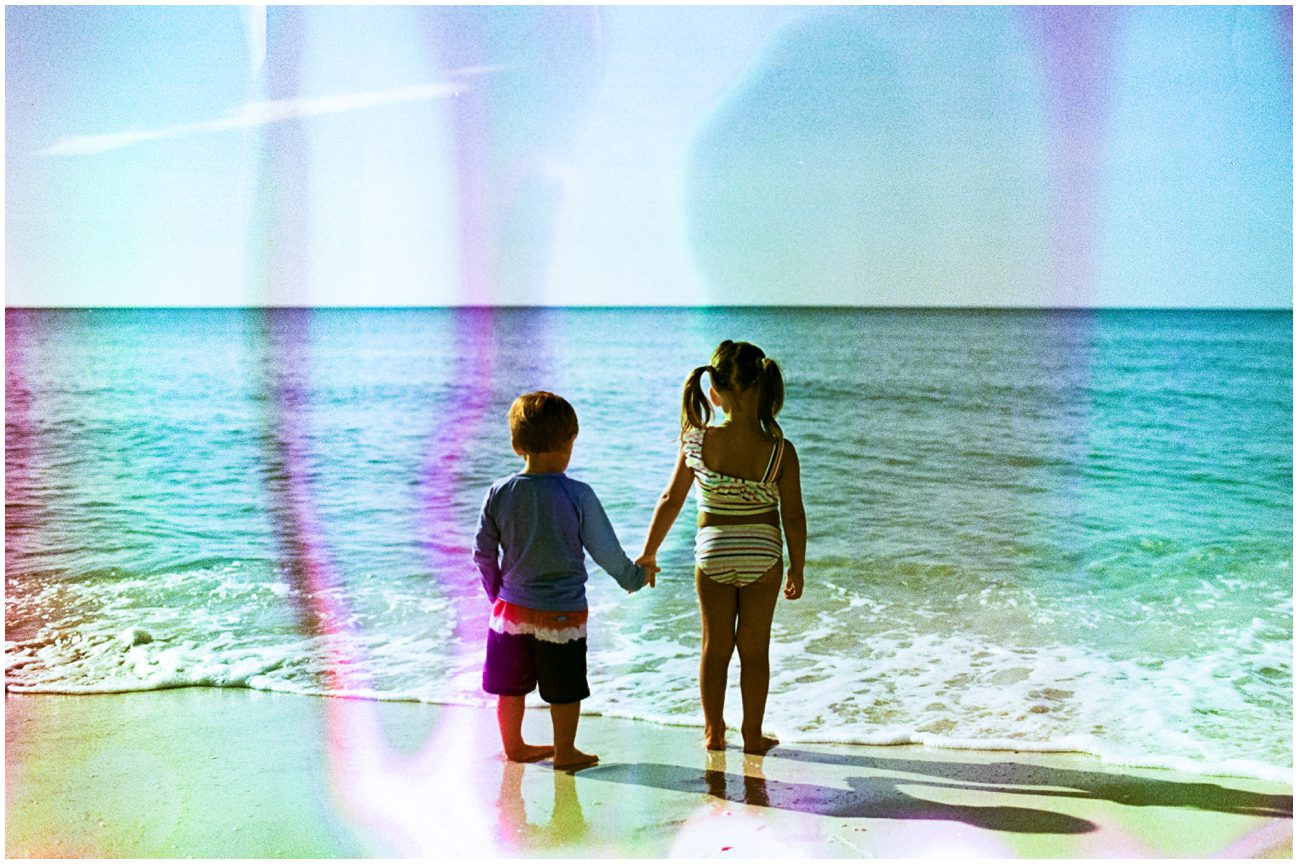
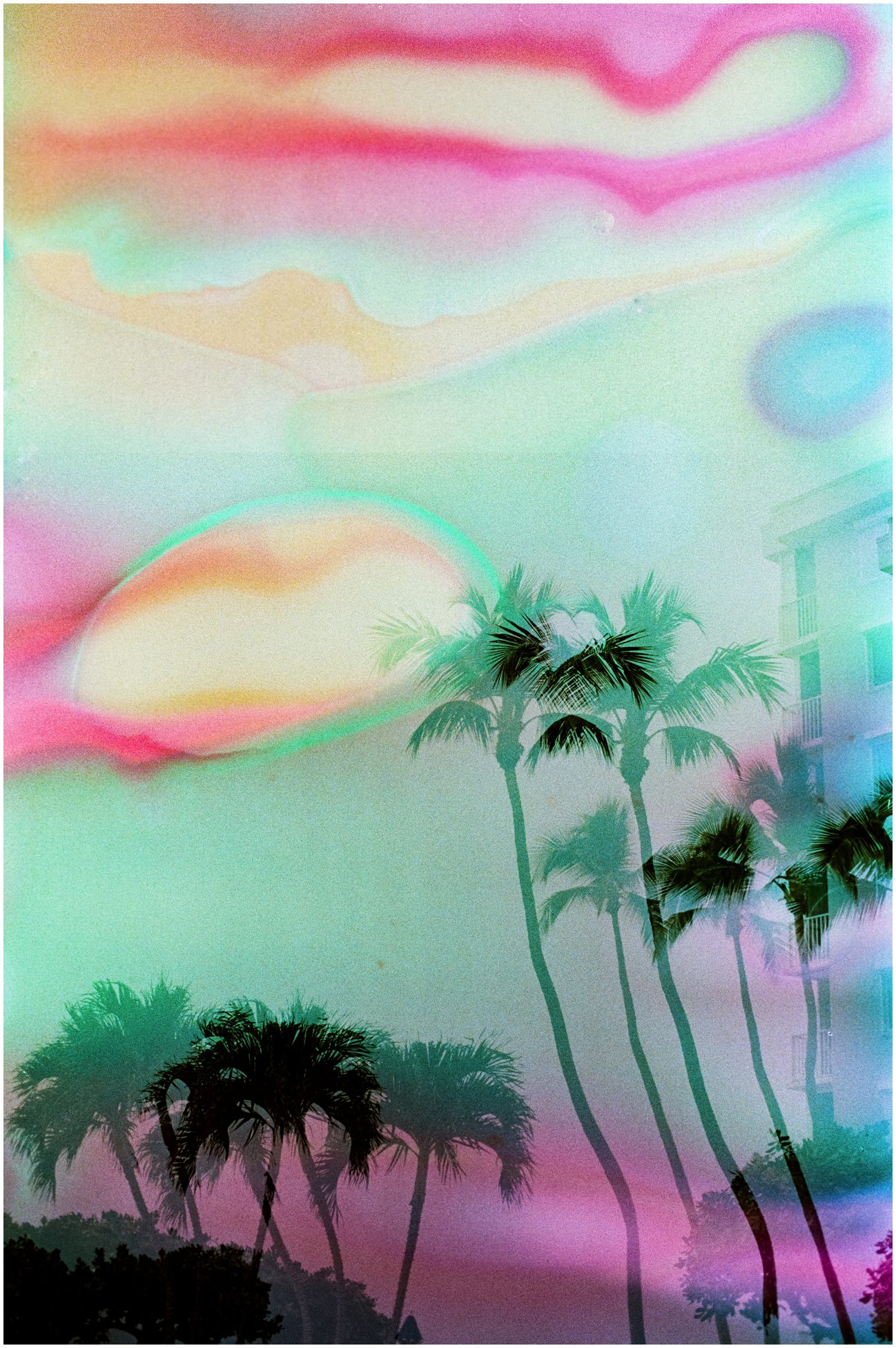
Kodak 400: Recipe: Red Food Coloring, Blue Food Coloring,Dawn Dish Soap, Hand Soap
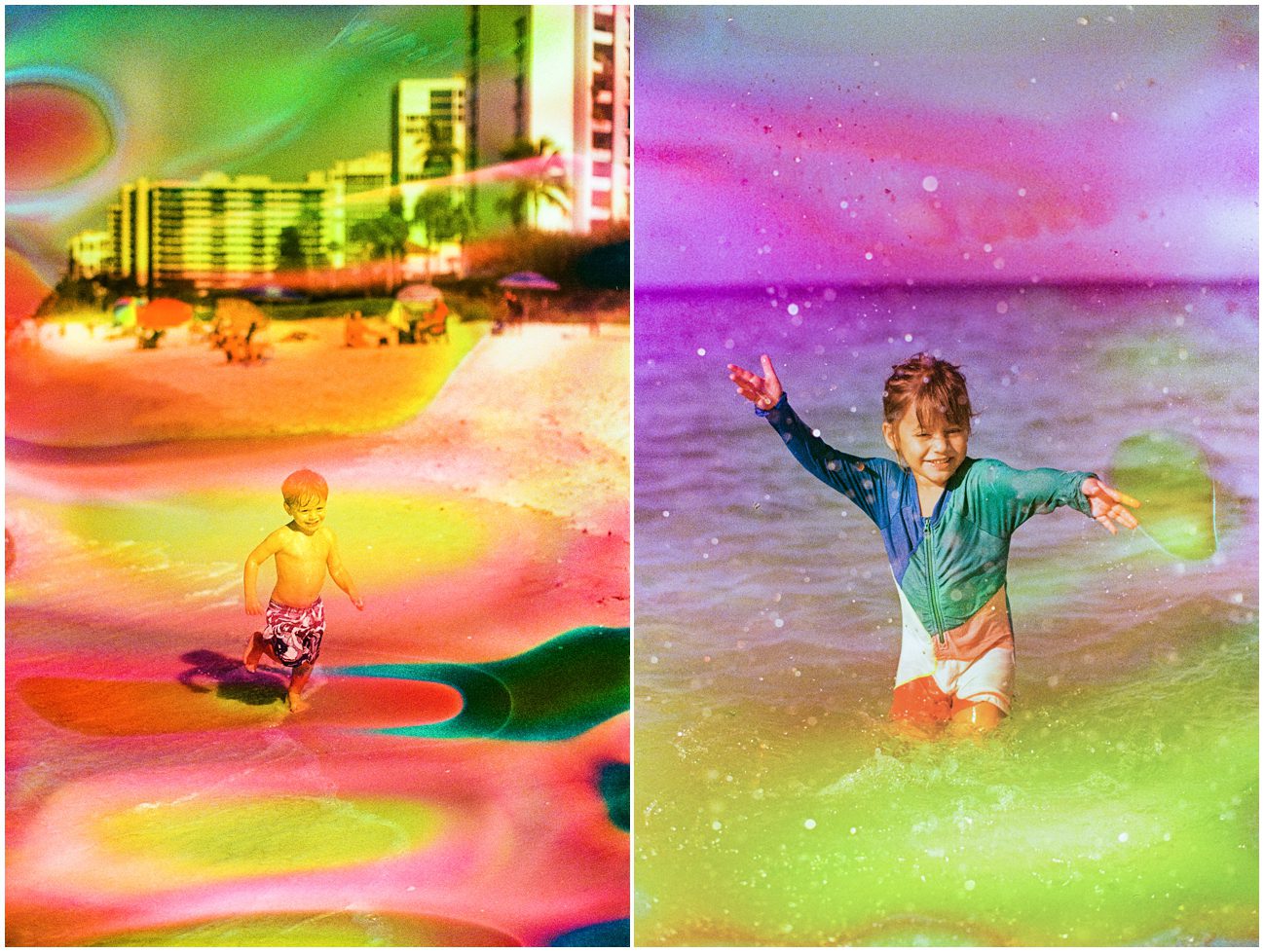
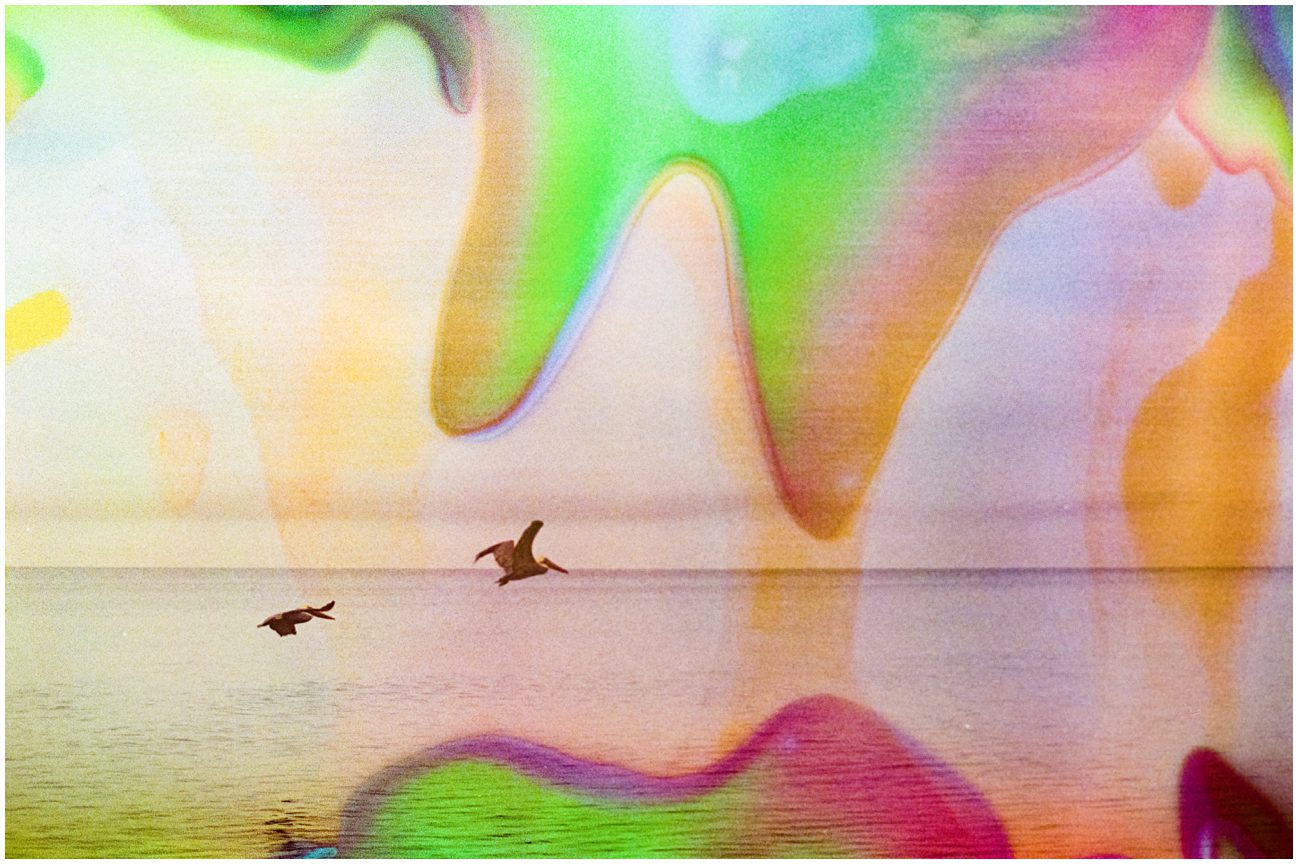
Fuji superia x-tra 400 Recipe: Lemon Juice, Grape Kool-Aid Powder, handsoap
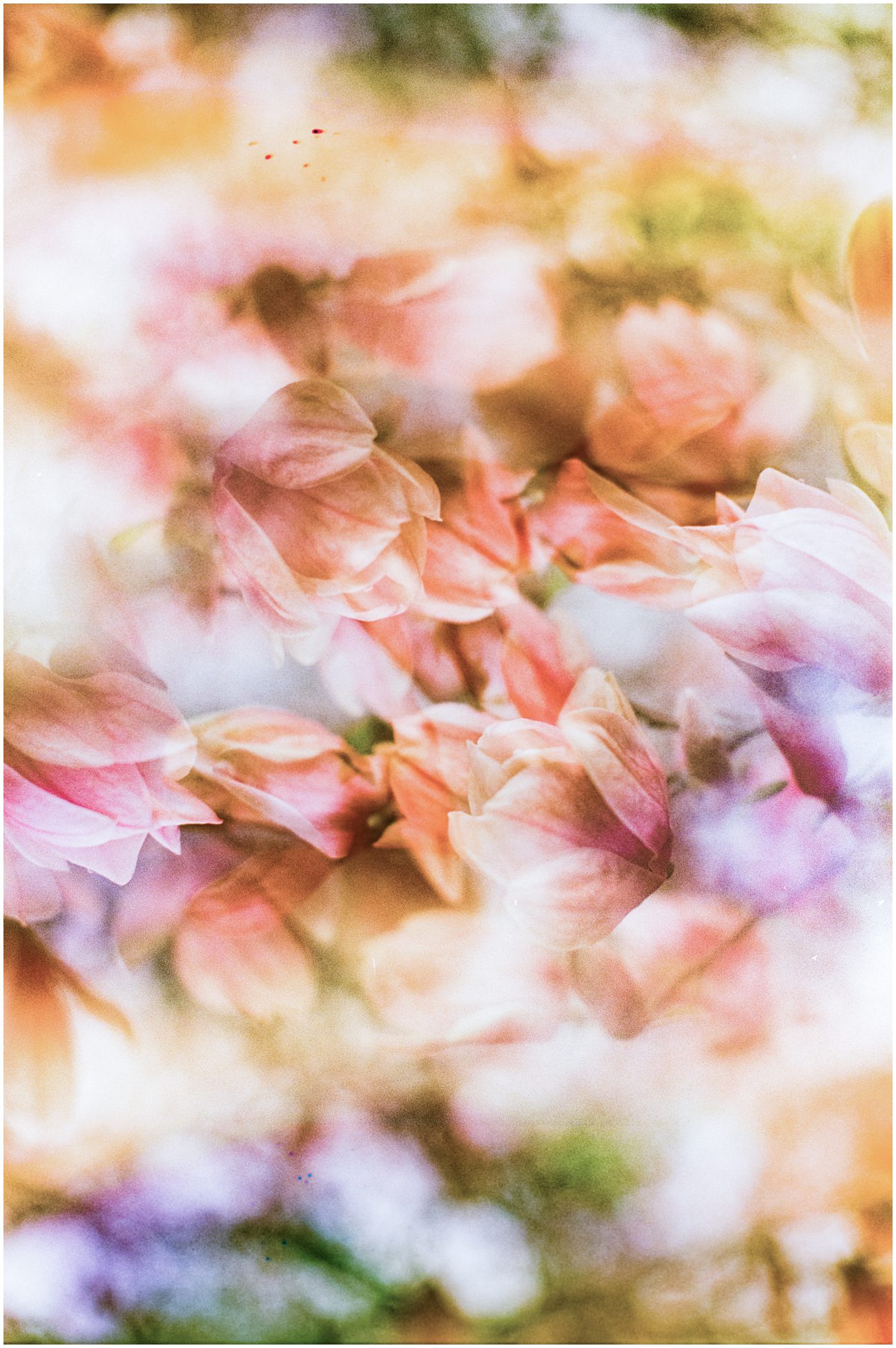
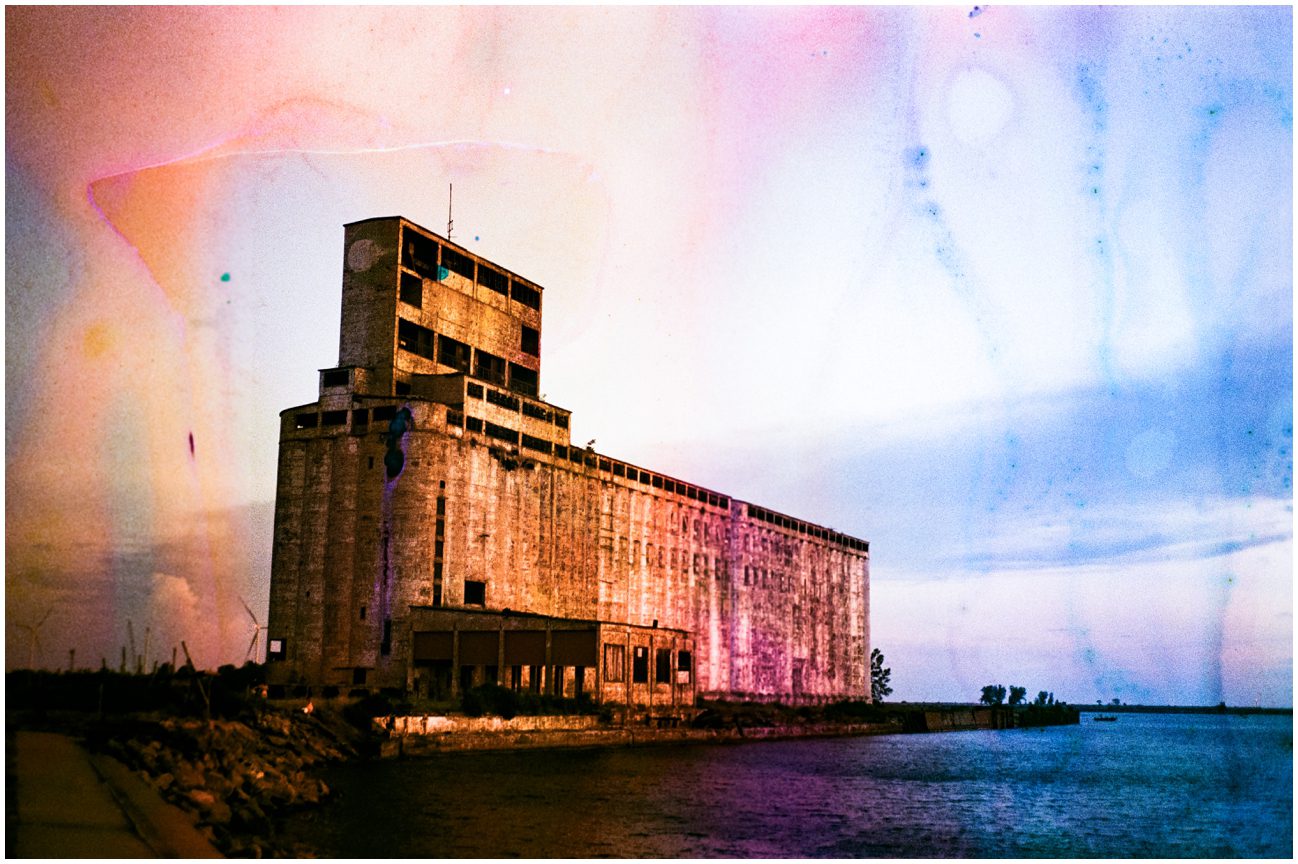
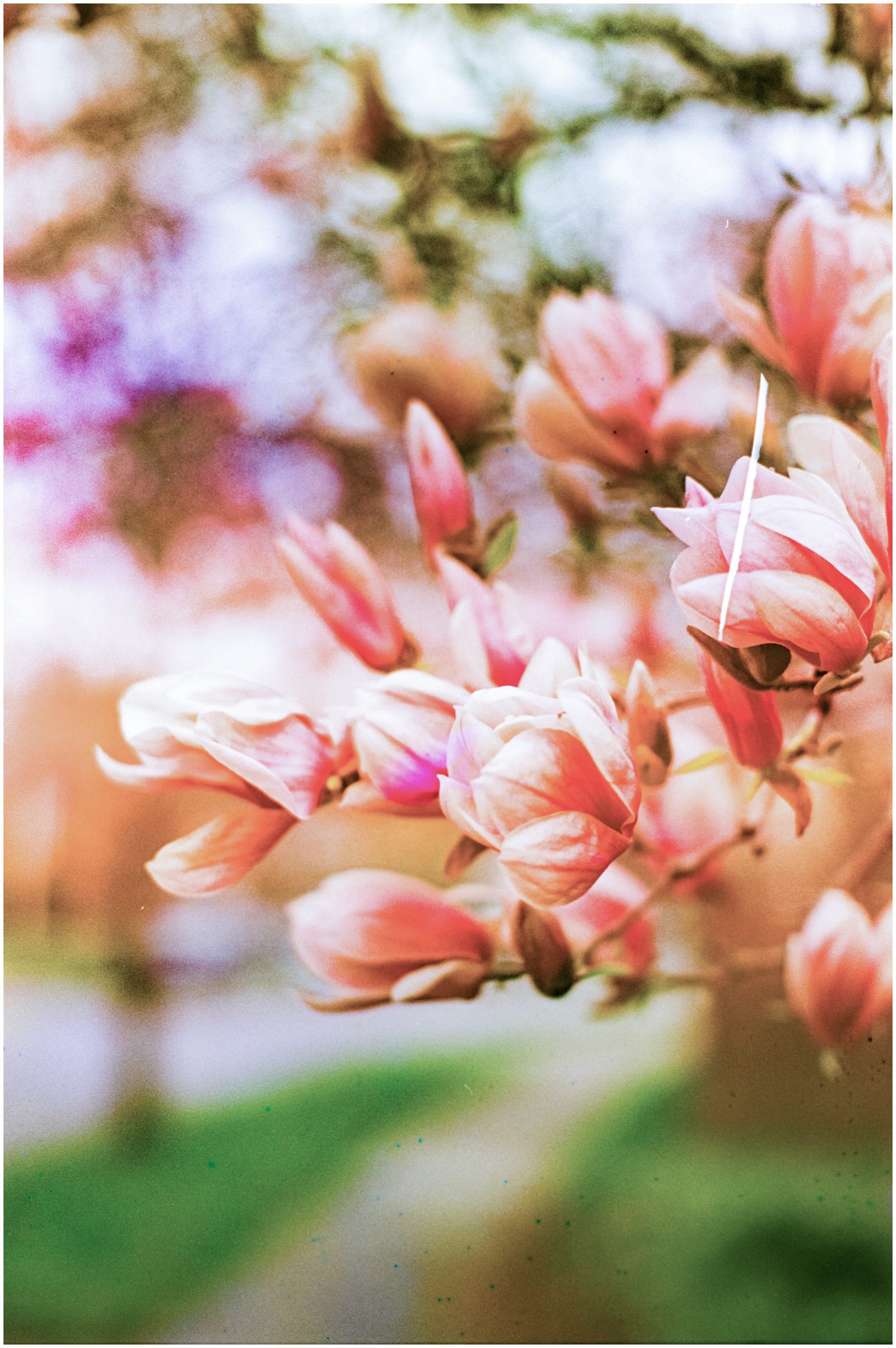
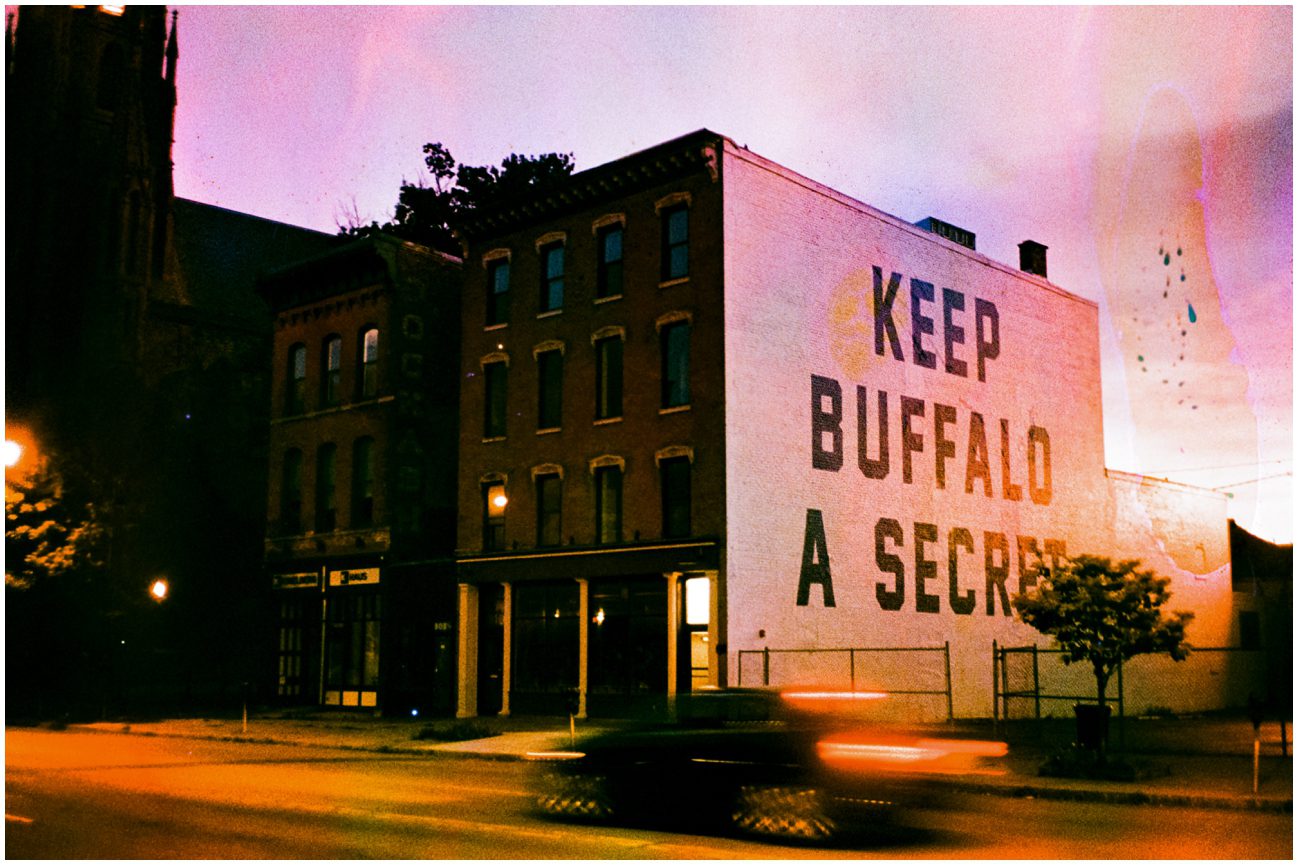
Kodak Color Plus 200 Recipe: Dawn Dish Soap, Salt, lemon Juice
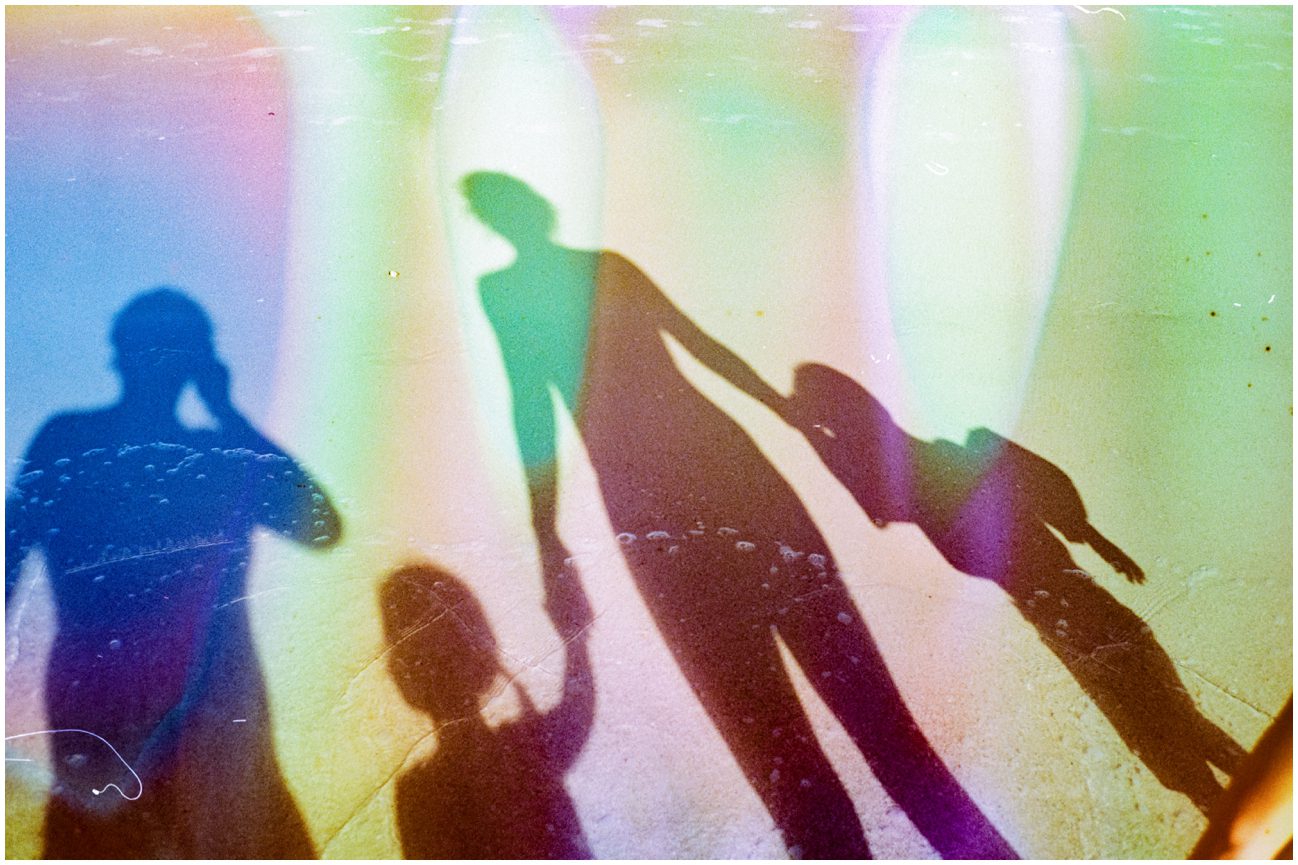
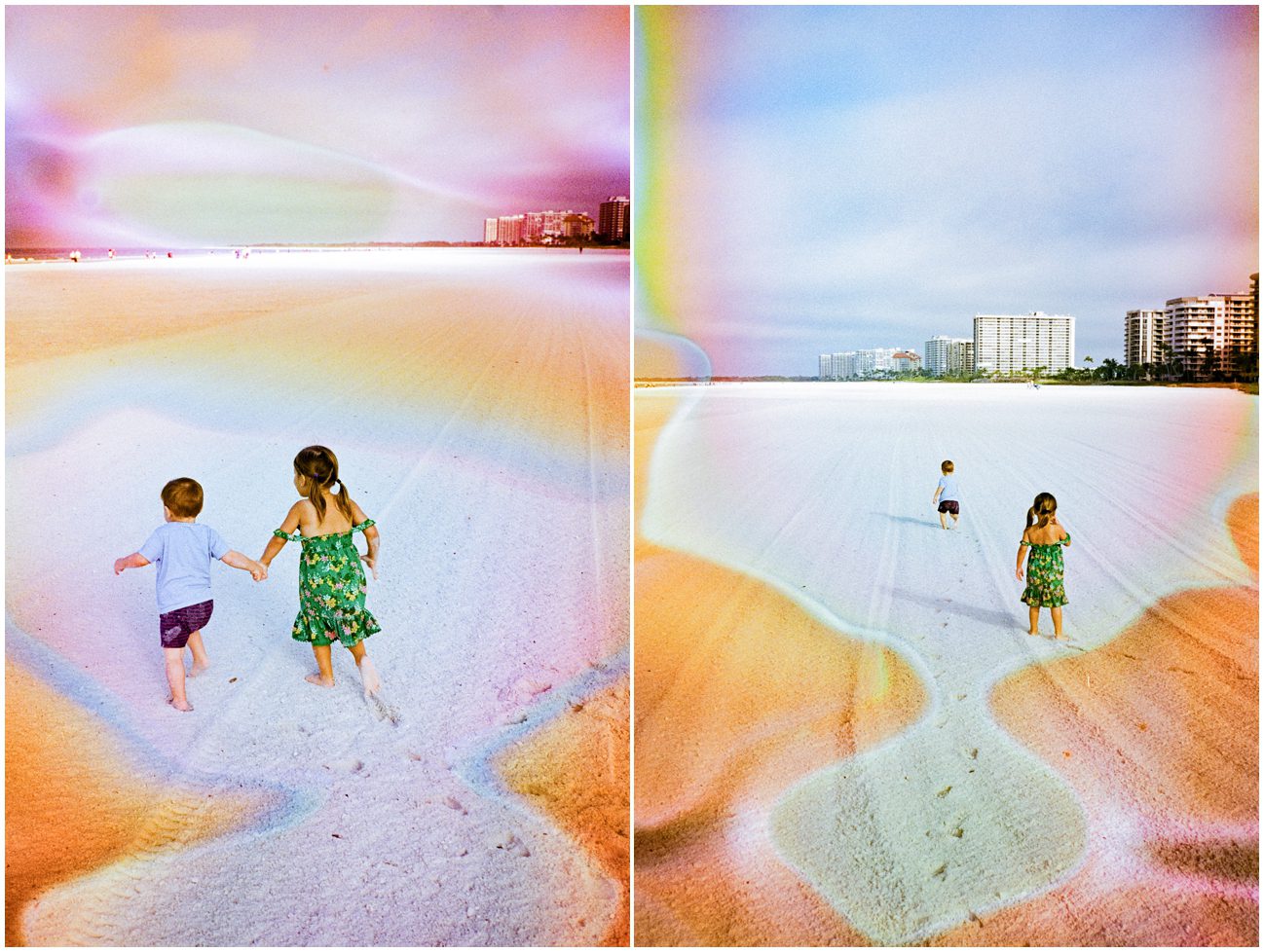
Fuji superia x-tra 400 Recipe: Green Food Dye, Blue Food Dye, Lemon, Dawn Dish Soap, Hand Soap
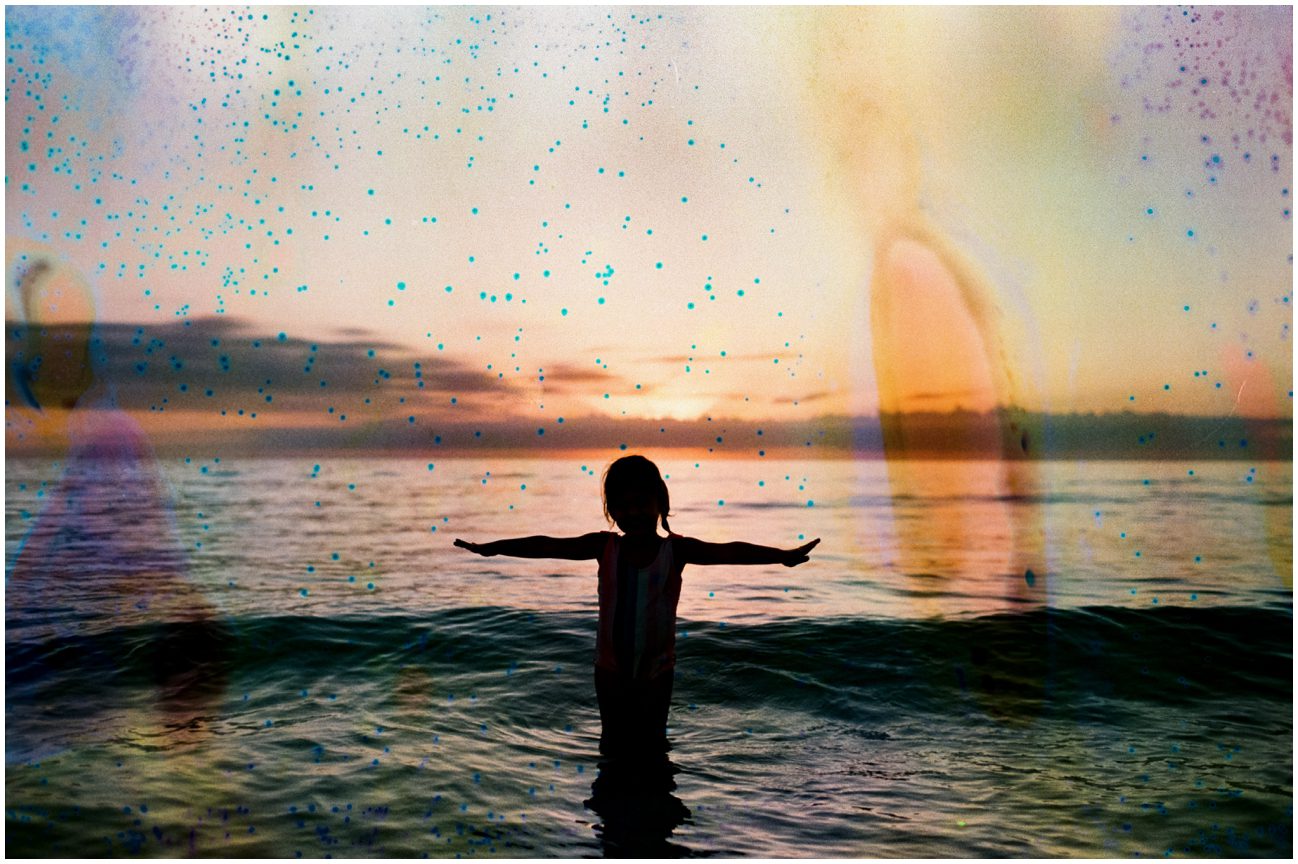
Ilford XP2 (This was Black & White film that I had developed in same chemicals as color negative film) Recipe: Hand Soap, Dawn Dish Soap, Salt, Lemon Juice 